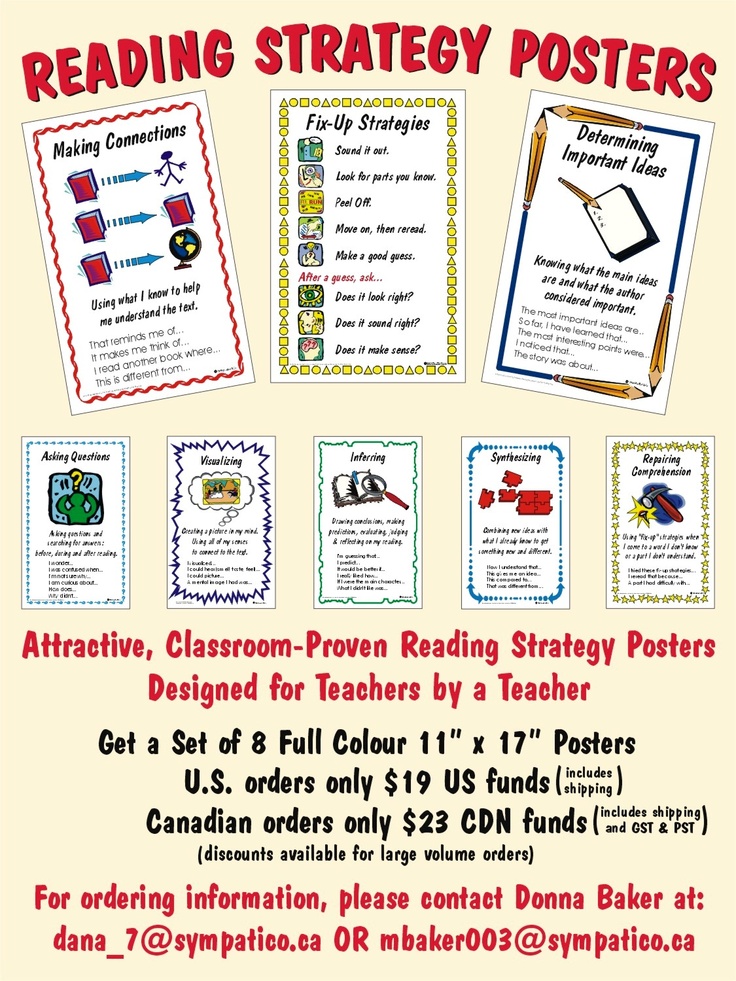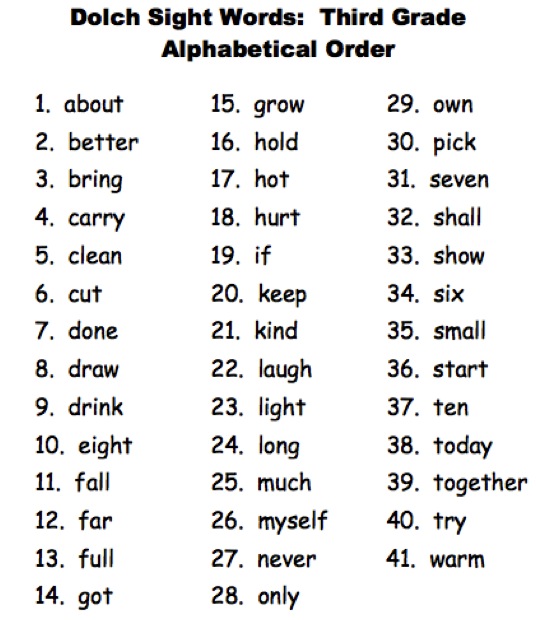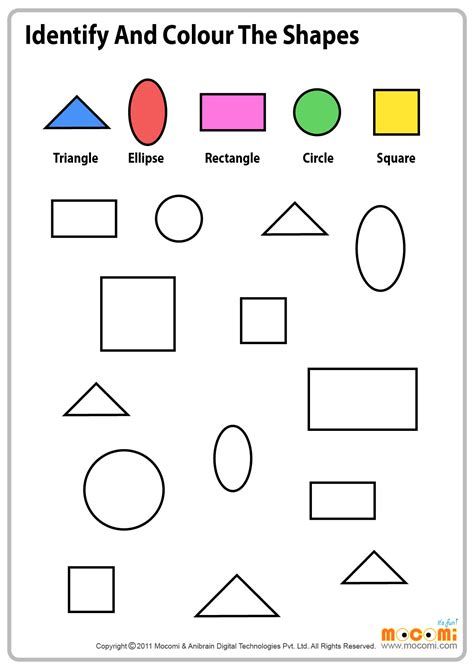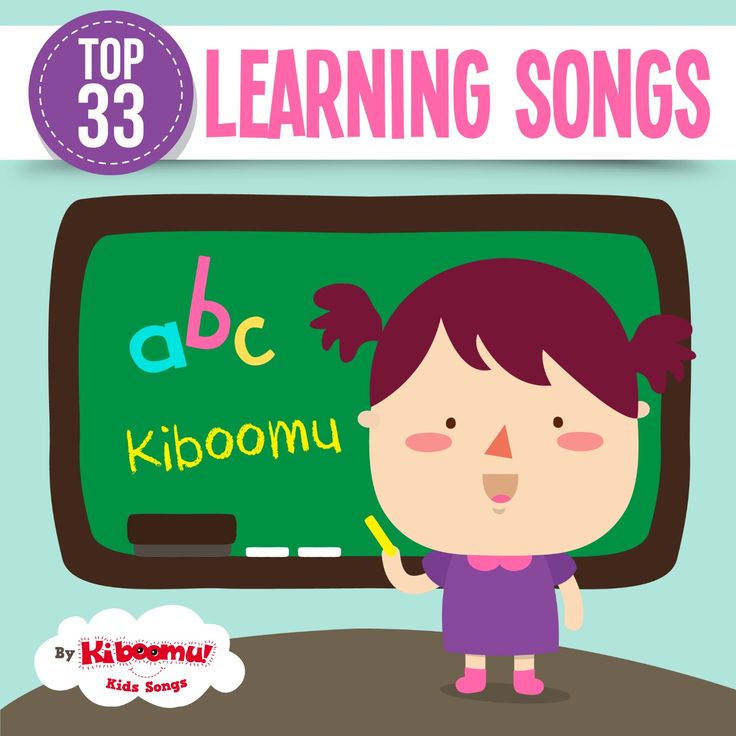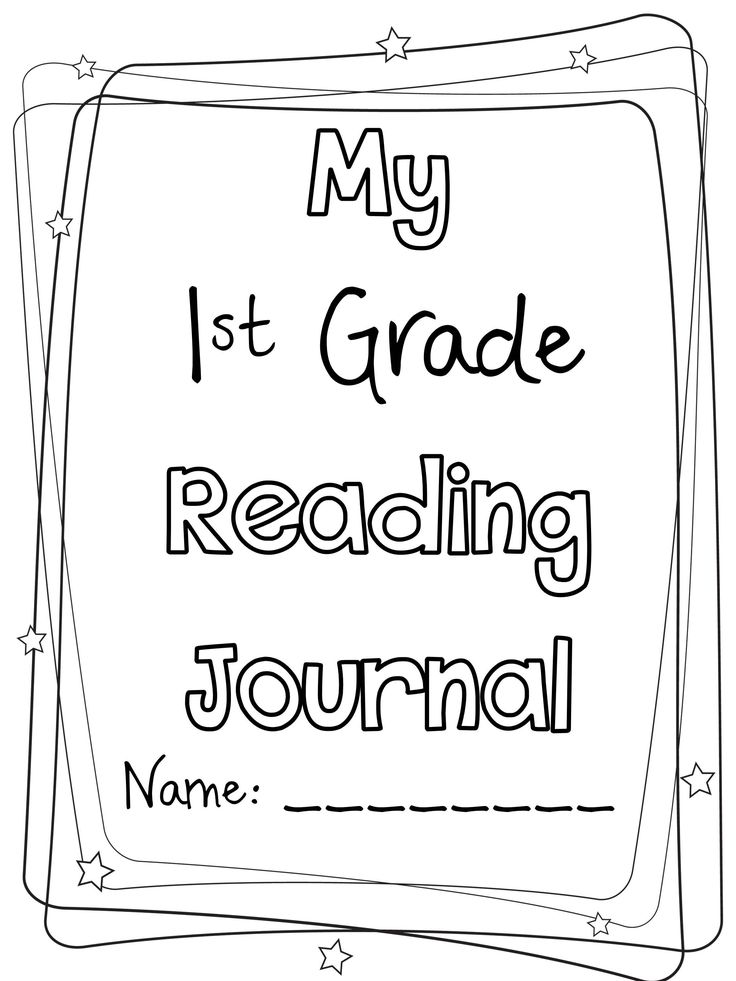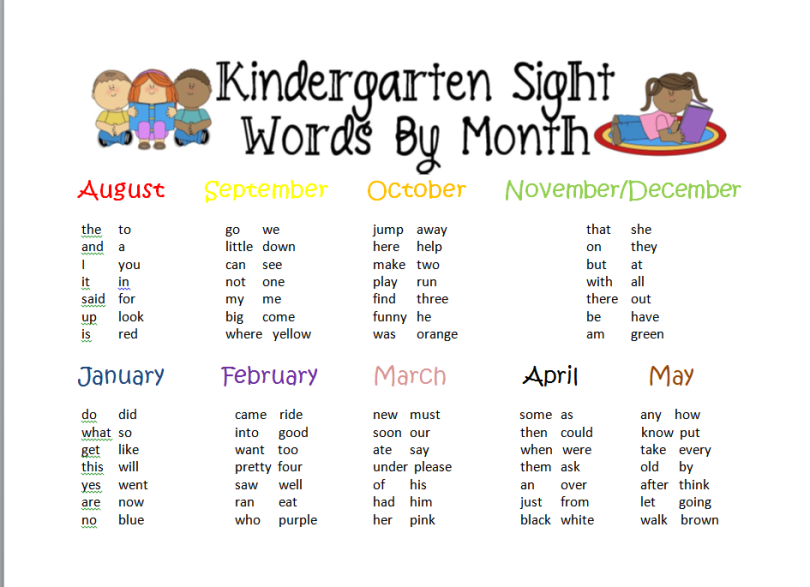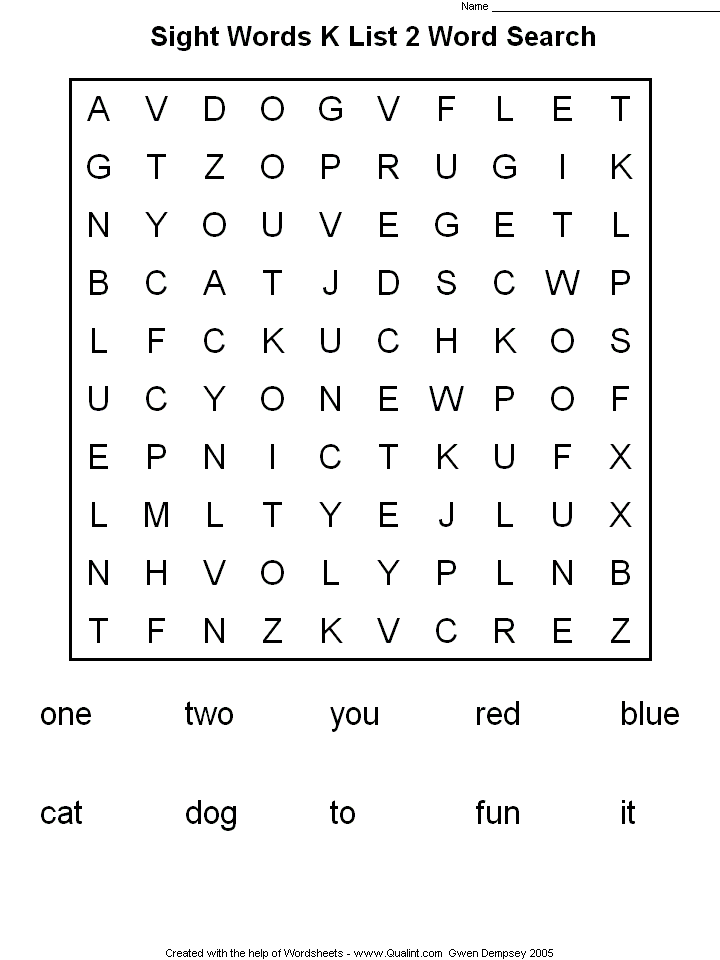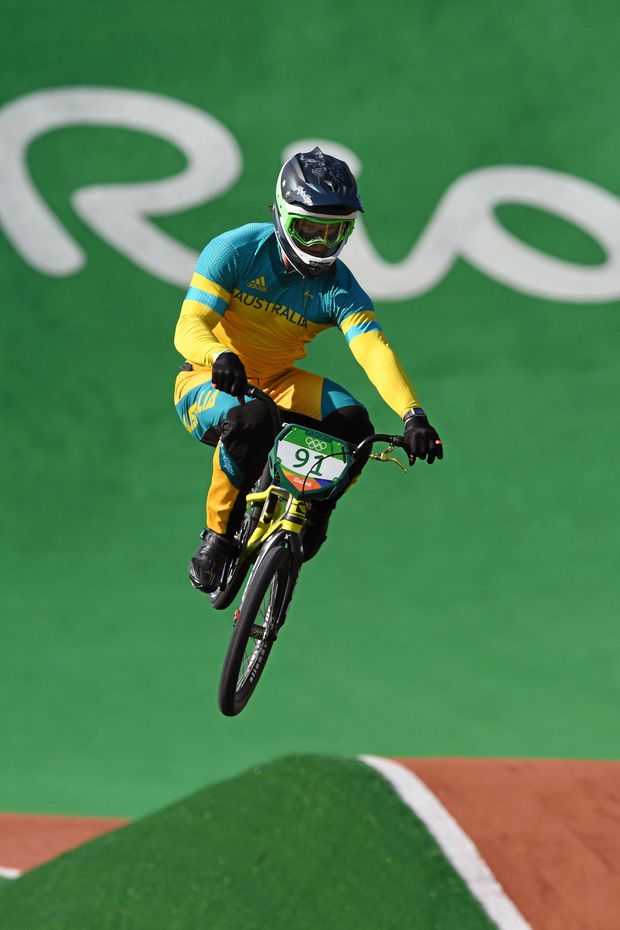Reading strategies 7th grade
Best Reading Comprehension Strategies For Middle School
Reading comprehension strategies for middle school children include structured discussion, metacognitive learning, and visual comprehension.
Reading comprehension is the ability to read, understand and interpret a text.
While children develop this skill as they graduate from one class, they also learn comprehension through personal experiences.
In middle school, they are required to achieve extraordinary feats in reading comprehension as they prepare for advanced classes.
Thus, as a middle school instructor, you need to devise learning procedures to bring them up to speed and learn cooperatively among peers.
Below are the best reading comprehension strategies for middle schoolers to overcome this challenge.
1. Stimulating structured discussion with reciprocal teaching
One of the best ways to learn something is to teach it. Reciprocal teaching puts that into practice. It is a guided instructional activity in which students take on the role of instructor.
Social media has affected the reading comprehension of many teenagers. For example, 80% of teenagers don’t read for pleasure daily, opting for social media instead.
They are primary receptors of information on social media rather than sources. So they communicate less information than they consume. This affects their comprehension skills negatively.
A reciprocal reading comprehension strategy reverses this. As learners take the role of the teacher in each group, they begin to think critically about the texts they read. Thus, they consciously understand the themes and structure of the text.
In practice, you must choose the text in class before the reciprocal teaching process begins.
After that, students are ready to split up into groups in which they discuss the four techniques below:
Summarizing
Summarizing a student’s work reflects the story they read or reveal.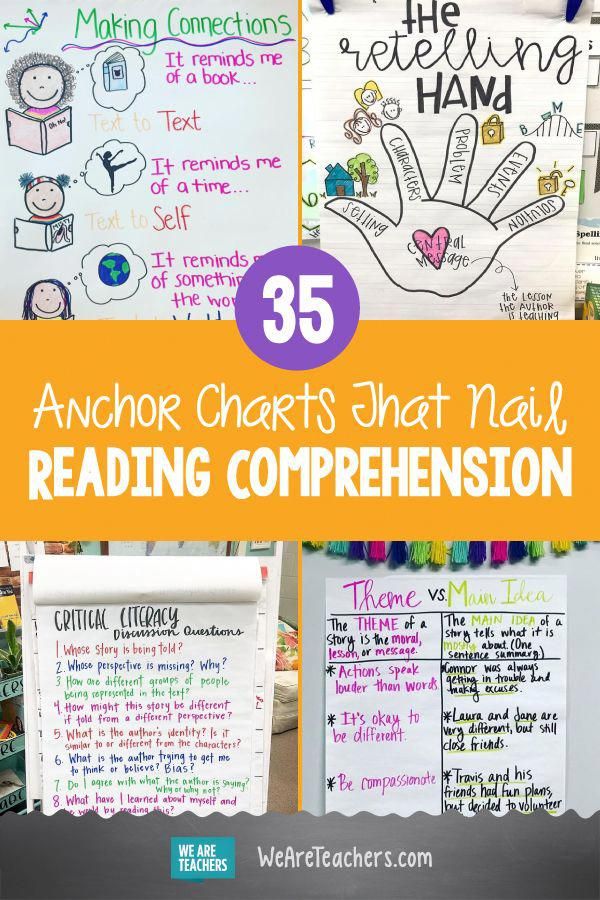 The goal is to get them to explain their ideas.
The goal is to get them to explain their ideas.
To summarize the text effectively, students have to describe what they know. Then, they must identify essential ideas and consolidate key elements of texts promoting those views.
Questioning
Questioning ensures students engage closely with texts and are not simply passive.
It also helps them develop critical thoughts on the material read, which is vital to achieving a high level of comprehension.
As you invite students to think, they ask themselves questions and explore the text to understand the content.
Predicting
Teachers can ask students to predict a story using the title and other available clues, including illustrations and text.
Alternatively, the teacher can request student research in text supporting or refuting the predictions.
2. Understanding context
Sometimes students have a vocabulary understanding of a text. They may even have an idea about the book. But if they can’t relate the text to relevant context, we cannot say they have achieved reading comprehension.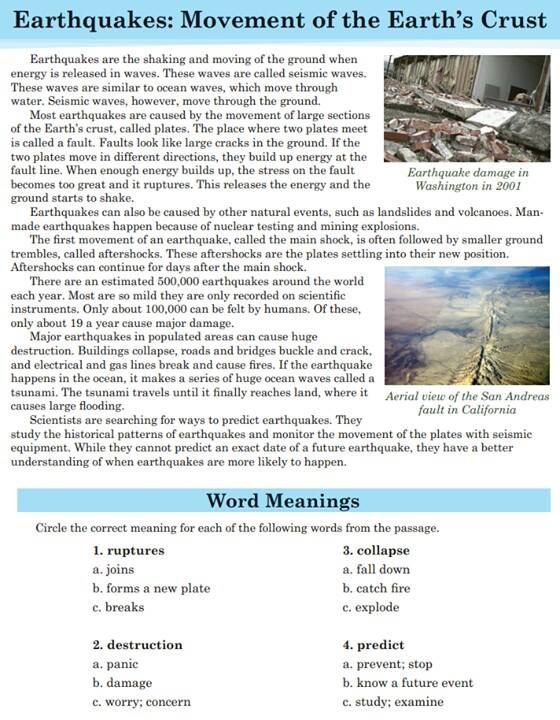
Context is essential in reading comprehension. Even though The Hobbit and The Girl Who Drank the Moon have whimsical plots, they tell different stories with diverse characters.
Thus, a learner with excellent comprehension skills will relate these characters to different contexts.
It would be best to teach them to understand the intricate details and developments required to discern what is not explicitly stated in the reading.
Some strategies that education experts point out include:
Identify the theme of the text
Identifying the big idea of a text helps readers form relatable opinions about the text.
For example, what is the text about?
What lesson can we learn from the story?
Who is the author? These are questions to determine the theme of a text.
Thinking out loud
Research shows that children assimilate knowledge faster when they are being read to. So, thinking out loud is essential to improving their reading comprehension.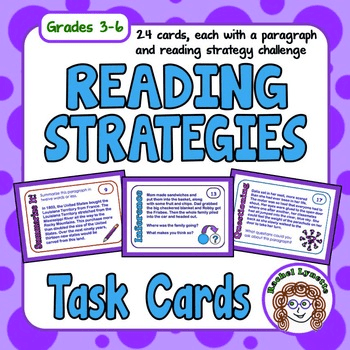
When reading to your students, you should express your opinions on the text. As a result, your students will absorb ideas from the text effectively and maximize memory for comprehension.
Identifying the story structure
Students’ comprehension increases when they are taught about story structure.
By recognizing the characters, setting, events, problems, and story resolution, learners can think more critically and develop independent thought.
3. Activating prior knowledge
Prior knowledge is defined as knowledge that students already possess.
This comprehension strategy help students connect their knowledge with their experience and gain a personal understanding of reading.
These are some methods to activate prior knowledge:
Create KWL chart
A KWL (what students Know, Want to know, and Learned) chart is a specialized reading tool that stimulates students’ with graphical representations of knowledge. This provides a purpose in reading & supports comprehension strategies.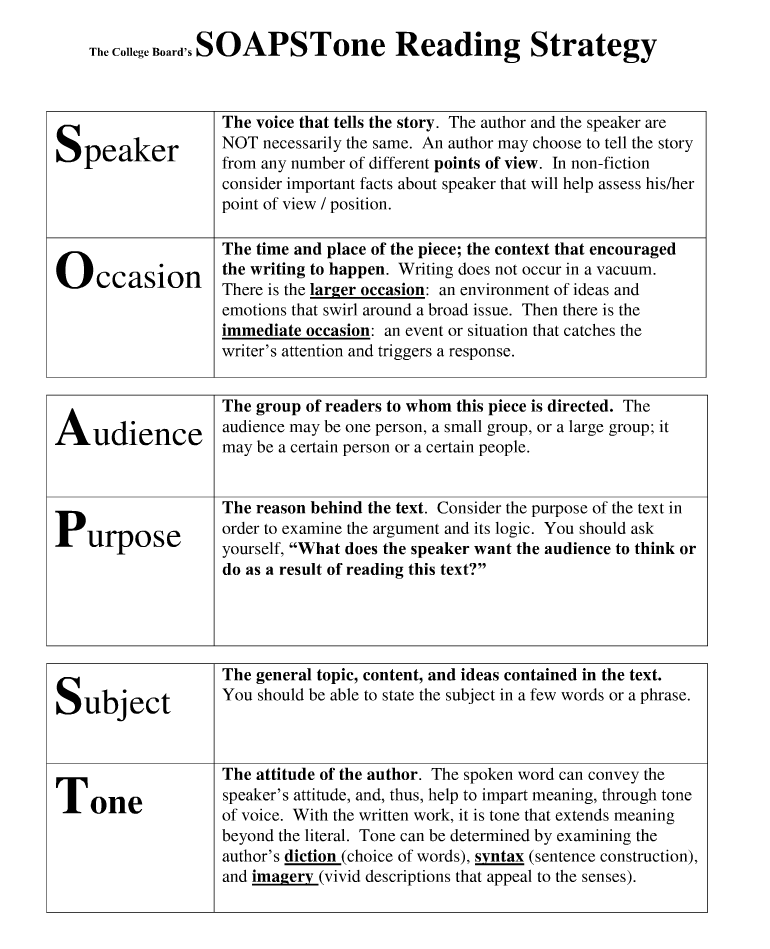
It works very well when you start an update.
First, create a 3-column table for completing the entire course as a class. The first two columns, K and W, must be entered before finalizing the document.
The K column is an overview of topics students know.
The W reflects how a student looks at the subject in a particular context. Having an opportunity to discuss a topic and generate an answer in advance helps to encourage active learning.
The students will fill out what they learn in the Learned column as you cover the units.
Use analogies
Analogies aid comparison. And comparison boosts comprehension.
To activate a learner’s background knowledge on a topic, engage them in drawing analogies with keywords from the text.
If you want them to learn about a dog’s fur, let them draw analogies of a similar thing they are familiar with, like a bird’s feather.
Through assisted learning, they will learn new vocabularies and develop a contextual understanding.
Cultivate meaningful conversation in turn and talk sessions
In a turn and talk session, a brief prompt is given to students to discuss material while their partner listens.
You can give them a prompt based on what they learned in the analogies session. That way, they can quickly voice out their perceived understanding of the subject.
It provides students with time for expressing and sharing ideas. This encourages participation in promoting thoughtful responses.
If appropriately applied, the strategy can significantly improve the development of critical thinking skills. Tell your students what you want to discuss in this session.
Tell students they can think critically about a topic, talk about it with a partner and share ideas with other students.
It’s important to develop questions from the text that promote high-order thinking for a successful approach.
Silent thinking
Another way to test your student’s prior knowledge of a topic is to organize a silent thinking session.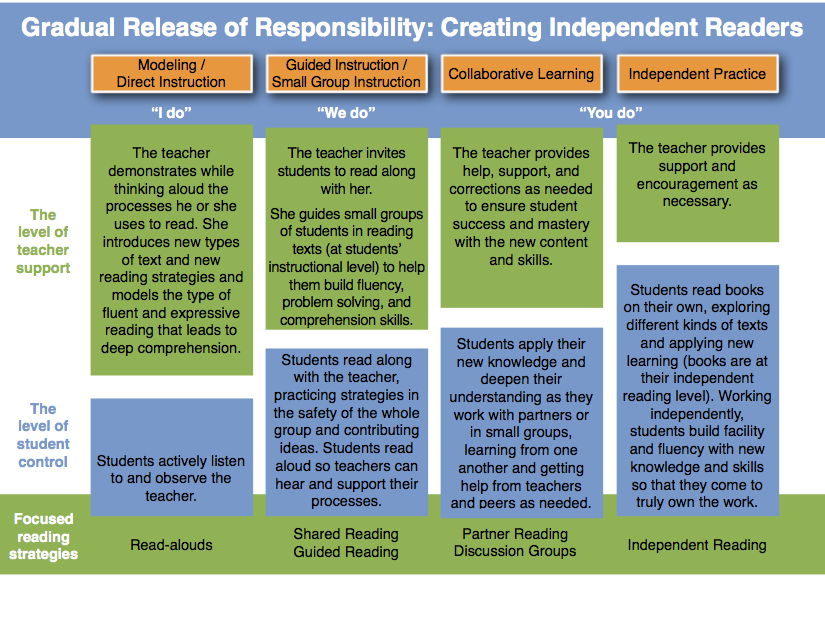 Silent thinking helps them put their thoughts together about a subject before or after teaching.
Silent thinking helps them put their thoughts together about a subject before or after teaching.
That way, they engage in self-reflection and form opinions about the subject based on their past experiences.
Ultimately, using the prior activation method helps students develop a foundation to build new concepts.
4. Enhance metacognition with Close Reading
Metacognition stimulates the brain for efficient productivity. For example, children can actively engage in deep thinking and critical examination of an exact and complicated text through close reading.
This may look like a complex thing, but it’s not. Children have a brain capacity twice as active as adults by 3 years.
So, a metacognitive reading can help scaffold student learning by thinking about their thinking as they read.
During close reading, participants read the text three times. It is done independently and concentrates solely on essential thoughts and details.
Encourage students to use meta-cognitive marks in the margins to help maintain concentration while reading independently. This second reading will focus on textual craft, so the student listens while reading the text.
This second reading will focus on textual craft, so the student listens while reading the text.
5. Encourage comprehension through visualization
Research suggests that visual representation can help students learn and remember concepts.
Unlike reading comprehension tips for adults, visualization consists of creating a mental image for children to understand text logically and relate it to daily activities.
Students will create images that are recognizable to them from the book they have read during the visualization.
Visualizing involves much more than simply seeing. Students who understand this method will create a memory in their minds through imagination.
Aside from graphs, images, and other multimedia, you can also stimulate visual comprehension with a jigsaw puzzle and mind mapping.
Encourage cooperative learning with Jigsaw
Jigsaw strategies give students the chance to work collaboratively to improve communication skills.
To implement a jigsaw strategy in your class, students must choose four text or topic categories.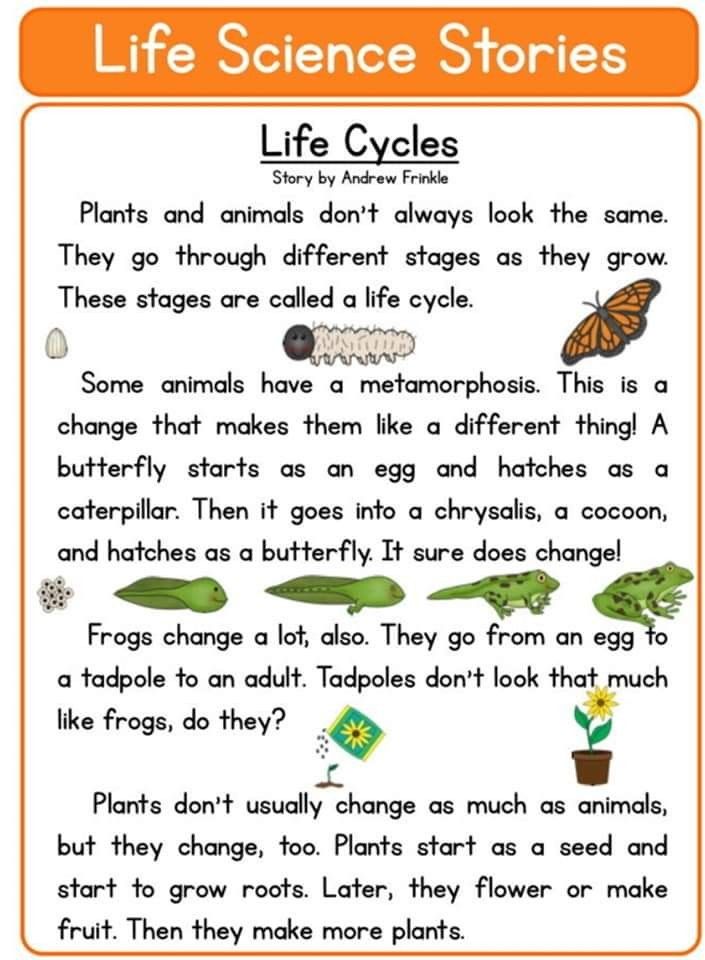
You then divide your students into 4-4 home groups. Several members must read the selected text and share the material with other homegroup members.
Improve comprehension with Mind mapping
Mind mapping requires a student to create diagrams or graphs to visualize the information being read.
Mind maps could also have a more complex structure like an in-depth graphic planner and be more easily accessible by drawing. Objective learning assists in the development of the appropriate mind map.
6. Inferring Comprehension Strategy
Inferring is a comprehension approach that helps students comprehend information that isn’t always fully presented in a book.
In short, you use this strategy to teach them how to “read between the lines.” Instead of simply reading the text directly, students have to find out how they understand with little details.
To do this, you can encourage the student to make assumptions about a text you have just read to them.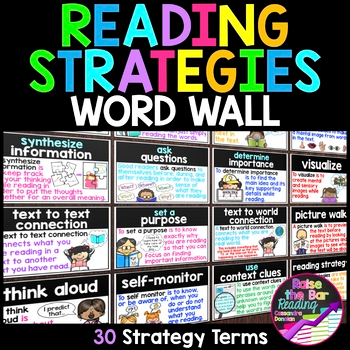 They should be able to generate a hypothesis and also explain why it is valid based on evidence.
They should be able to generate a hypothesis and also explain why it is valid based on evidence.
The inference is a highly effective reading comprehension skill. It encourages learners to develop the ability to argue based on facts and evidence – a skill that would be instrumental for them in high school.
7. Use Chunking to break down the difficult text
Chunking is a reading strategy that splits challenging texts into smaller sections. Divided content helps students find words that can be used for specific purposes and organize ideas.
It may also be possible to chunk texts by varying sizes depending on complexity. In other words, text sections can be divided into paragraphs if the paragraph is complex.
You could create chunks using several techniques, such as drawing lines between paragraphs and lines and using paper to expose the chunk and hide the rest of the text.
8. Develop Concise Summary Writing with GIST
A GIST is the main point of a text.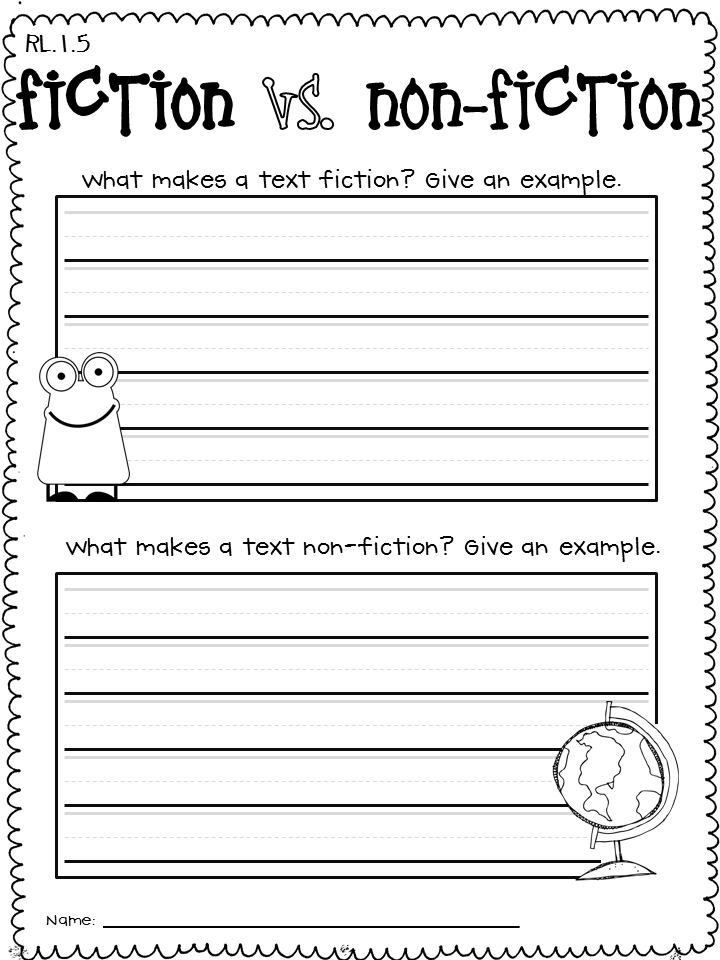 GIST summary teaches students to write the main point of a text without extra detail.
GIST summary teaches students to write the main point of a text without extra detail.
This technique compels them to read with purpose rather than just looking at every word. As a result, the student understands the text’s central idea and summarizes it in 10-20 words.
9. Improve comprehension with retelling
The ability to write stories in a specific way teaches students to analyze the contents of their stories. Teachers encourage students to explore their own stories and make definite conclusions about them.
Maximize the strategy with a memory course
The best reading comprehension strategy combines reciprocal learning, contextual understanding, visual comprehension, retelling, and close-reading.
We have put together this memory course to maximize this strategy to help your students read and memorize essential information effectively.
At What Age is Your Brain the Sharpest? (+ 4 Tips to Sustain it Over Time)
What Is The Chunking Memory Strategy?
Teach the Seven Strategies of Highly Effective Readers
To assume that one can simply have students memorize and routinely execute a set of strategies is to misconceive the nature of strategic processing or executive control.
Such rote applications of these procedures represents, in essence, a true oxymoron-non-strategic strategic processing.
— Alexander and Murphy (1998, p. 33)
If the struggling readers in your content classroom routinely miss the point when “reading” content text, consider teaching them one or more of the seven cognitive strategies of highly effective readers. Cognitive strategies are the mental processes used by skilled readers to extract and construct meaning from text and to create knowledge structures in long-term memory. When these strategies are directly taught to and modeled for struggling readers, their comprehension and retention improve.
Struggling students often mistakenly believe they are reading when they are actually engaged in what researchers call mindless reading (Schooler, Reichle, & Halpern, 2004), zoning out while staring at the printed page. The opposite of mindless reading is the processing of text by highly effective readers using cognitive strategies.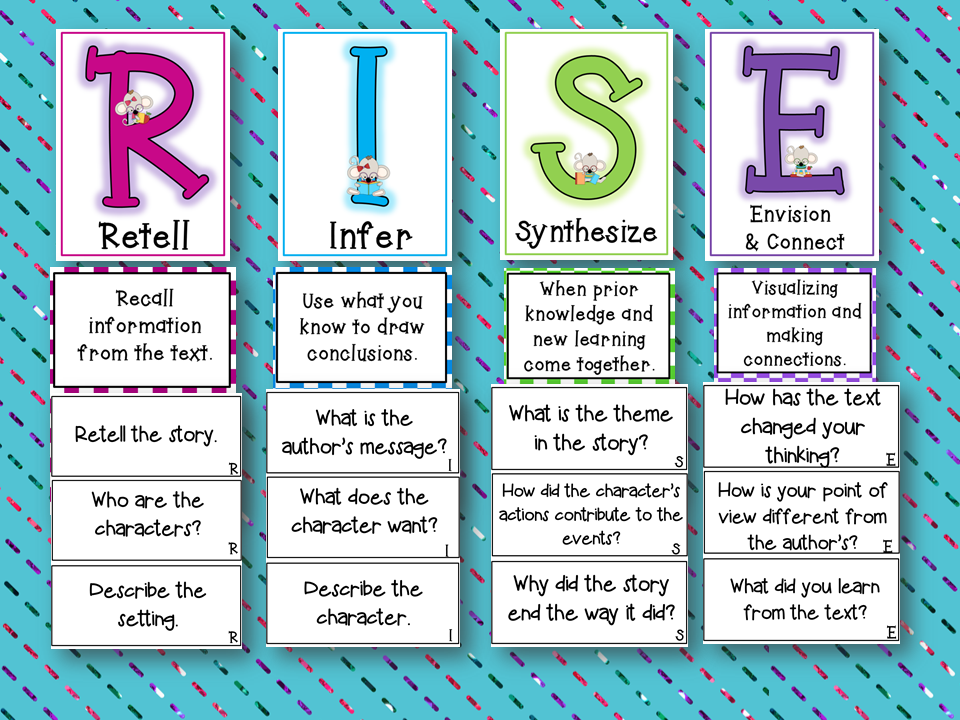 These strategies are described in a fascinating qualitative study that asked expert readers to think aloud regarding what was happening in their minds while they were reading. The lengthy scripts recording these spoken thoughts (i.e., think-alouds) are called verbal protocols (Pressley & Afflerbach, 1995). These protocols were categorized and analyzed by researchers to answer specific questions, such as, What is the influence of prior knowledge on expert readers’ strategies as they determine the main idea of a text? (Afflerbach, 1990b).
These strategies are described in a fascinating qualitative study that asked expert readers to think aloud regarding what was happening in their minds while they were reading. The lengthy scripts recording these spoken thoughts (i.e., think-alouds) are called verbal protocols (Pressley & Afflerbach, 1995). These protocols were categorized and analyzed by researchers to answer specific questions, such as, What is the influence of prior knowledge on expert readers’ strategies as they determine the main idea of a text? (Afflerbach, 1990b).
The protocols provide accurate “snapshots” and even “videos” of the ever-changing mental landscape that expert readers construct during reading. Researchers have concluded that reading is “constructively responsive-that is, good readers are always changing their processing in response to the text they are reading” (Pressley & Afflerbach, 1995, p. 2). Instructional Aid 1.1 defines the seven cognitive strategies of highly effective readers, and Instructional Aid 1.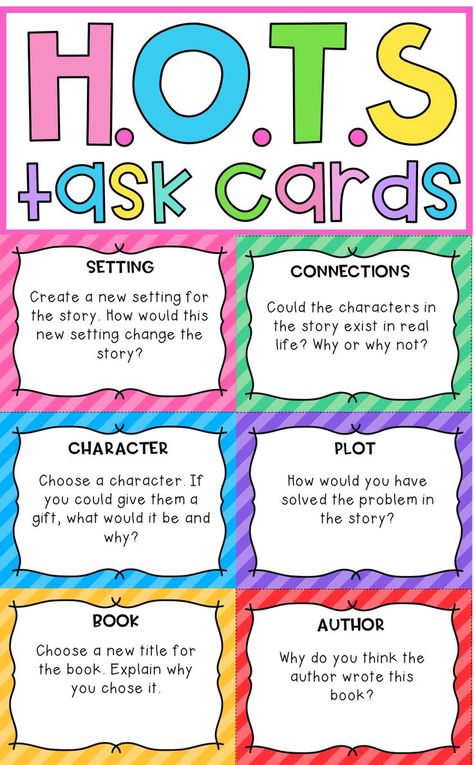 2 provides a lesson plan template for teaching a cognitive strategy.
2 provides a lesson plan template for teaching a cognitive strategy.
Instructional Aid 1.1: Seven Strategies of Highly Effective Readers | |
|---|---|
| Strategy | Definition |
| Activating | “Priming the cognitive pump” in order to recall relevent prior knowledge and experiences from long-term memory in order to extract and construct meaning from text |
| Inferring | Bringing together what is spoken (written) in the text, what is unspoken (unwritten) in the text, and what is already known by the reader in order to extract and construct meaning from the text |
| Monitoring-Clarifying | Thinking about how and what one is reading, both during and after the act of reading, for purposes of determining if one is comprehending the text combined with the ability to clarify and fix up any mix-ups |
| Questioning | Engaging in learning dialogues with text (authors), peers, and teachers through self-questioning, question generation, and question answering |
| Searching-Selecting | Searching a variety of sources in order to select appropriate information to answer questions, define words and terms, clarify misunderstandings, solve problems, or gather information |
| Summarizing | Restating the meaning of text in one’s own words — different words from those used in the original text |
| Visualizing-Organizing | Constructing a mental image or graphic organizer for the purpose of extracting and constructing meaning from the text |
| Download chart » (8K PDF)* |
Instructional Aid 1.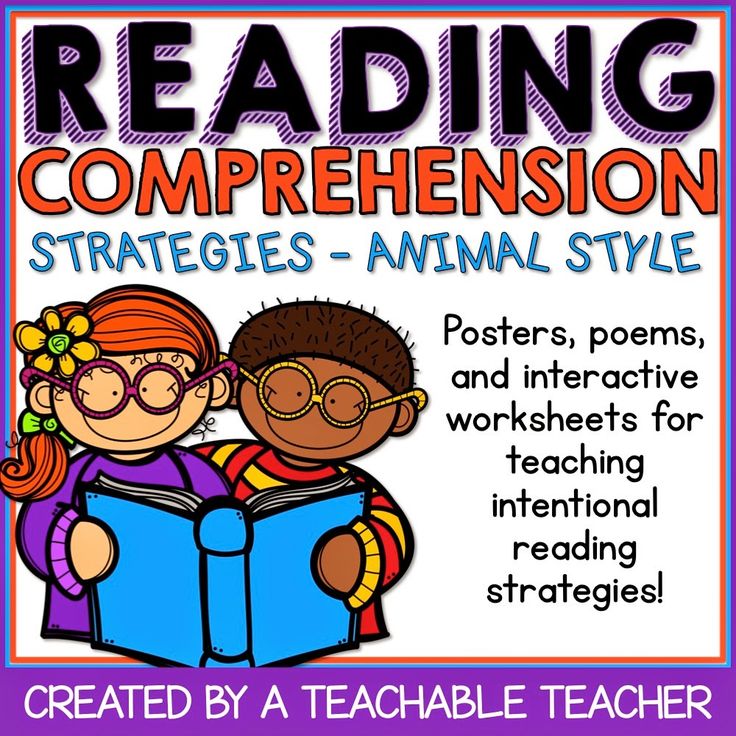 2: A Lesson Template for Teaching Cognitive Strategies 2: A Lesson Template for Teaching Cognitive Strategies | |
|---|---|
| Steps | Teacher Script |
| 1. Provide direct instruction regarding the cognitive strategy | |
| a. Define and explain the strategy | |
| b. Explain the purpose the strategy serves during reading | |
| c. Describe the critical attributes of the strategy | |
| d. Provide concrete examples/nonexamples of the strategy | |
| 2. Model the strategy by thinking aloud | |
| 3. Facilitate guided practice with students | |
| Download chart » (8K PDF)* |
Instructional Aid 1.3: A Lesson Template for Teaching Summarizing | |
|---|---|
| Lesson Template for Teaching Cognitive Strategies | Lesson Plan for Teaching Summarizing |
1.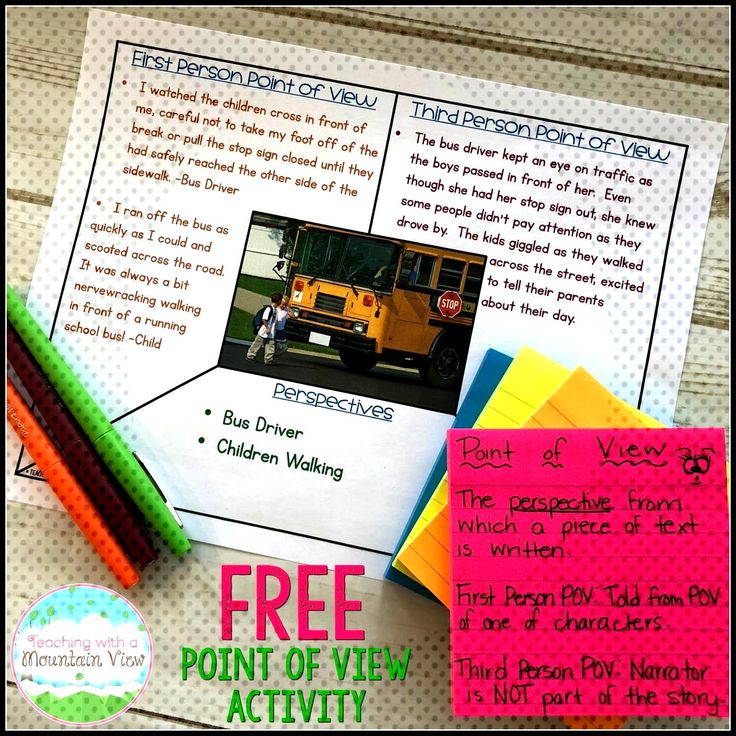 Provide direct instruction regarding the cognitive strategy Provide direct instruction regarding the cognitive strategy | |
| a. Define and explain the strategy. | Summarizing is restating in your own words the meaning of what you have read—using different words from those used in the original text—either in written form or a graphic representation (picture of graphic organizer). |
| b. Explain the purpose the strategy serves during reading | Summarizing enables a reader to determine what is most imporant to remember once the reading is completed. Many things we read have only one or two bid ideas, and it’s important to identify them and restate them for purposed of retention. |
| c. Describe the critical attributes of the strategy. | A summary has the following characteristics. It: –Is short –Is to the point, containing the big idea of the text –Omits trivial information and collapses lists into a word or phrase –Is not a retelling or a “photocopy” of the text |
d.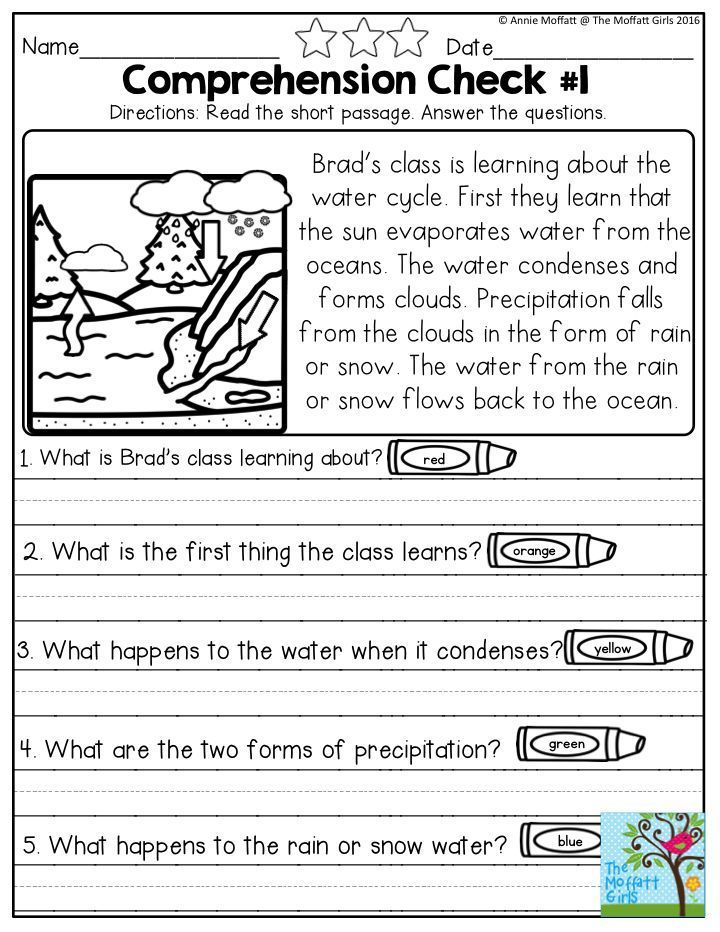 Provide concrete examples/nonexamples of the strategy. Provide concrete examples/nonexamples of the strategy. | Examples of good summaries might inlude the one-sentence book summaries from The New York Times Bestsellers List, an obituary of a famous person, or a report of a basketball or football game that captures the highlights. The mistakes that students commonly make when writing summaries can be more readily avoided by showing students excellent nonexamples (e.g., a paragraph that is too long, has far too many details, or is a complete retelling of the text rather than a statement of the main idea. |
| 2. Model the strategy by thinking aloud. | Thinking aloud is a metacognitive activity in which teachers reflect on their behaviors, thoughts, and attitudes regarding what they have read and then speak their thoughts aloud for students. Choose a section of relatively easy text from your discipline and think aloud as you read it, and then also think aloud about how you would go about summarizing it — then do it.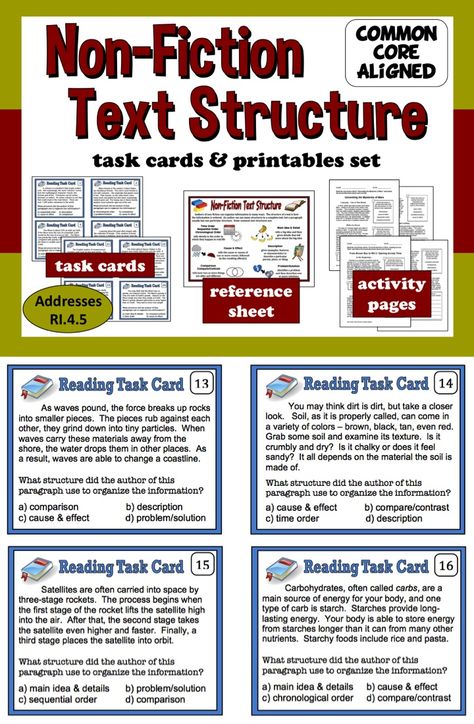 |
| 3. Facilitate guided practice with students. | Using easy-to-read content text, read aloud and generate a summary together with the whole class. Using easy-to-read content text, ask students to read with partners and create a summary together. One students are writing good summaries as partners, assign text and expect students to read it and generate summaries independently. |
| Download chart » (9K PDF)* |
McEwan, 2004. 7 Strategies of Highly Effective Readers: Using Cognitive Research to Boost K-8 Achievement. Wood, Woloshyn, & Willoughby, 1995. Cognitive Strategy Instruction for Middle and High Schools.
McEwan, E.K., 40 Ways to Support Struggling Readers in Content Classrooms. Grades 6-12, pp.1-6, copyright 2007 by Corwin Press. Reprinted by permission of Corwin Press, Inc.
Techniques for teaching the strategy of semantic reading and working with text
1.
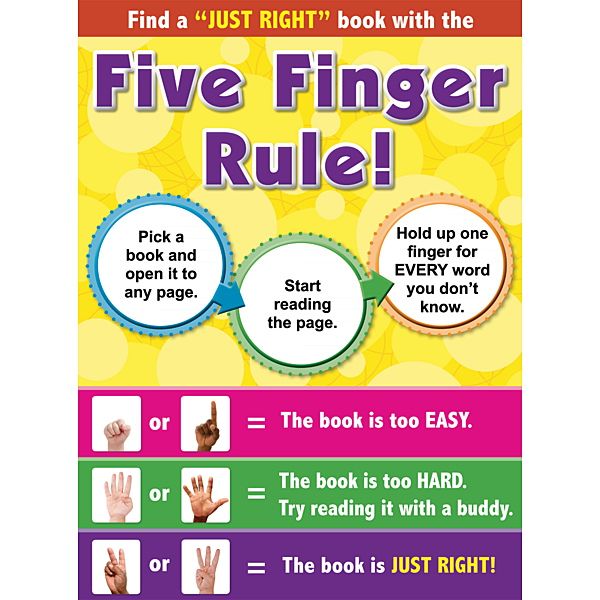 Introduction
Introduction The global processes of informatization of society, the increase in the amount of textual information every year, the presentation of new requirements for its analysis, systematization and processing speed have put theorists and practitioners of education in front of the need development of new approaches to teaching reading.
Problems:
- children have low reading speed, as a result of which they spend a lot of time doing homework,
- they often do not understand the meaning of what they read due to reading errors and incorrect intonation,
- they cannot extract the necessary information from the proposed text, highlight the main thing in the read,
- they find it difficult to briefly retell the content,
- when performing independent work, tests of different levels, students make mistakes due to misunderstanding of the wording of the task,
- rarely refer to cognitive texts.
That is, a serious contradiction arises: on the one hand, the modern world brings down a huge amount of information on us, on the other hand, our children do not read much, do not have the skills of semantic reading, and do not know how to work with information.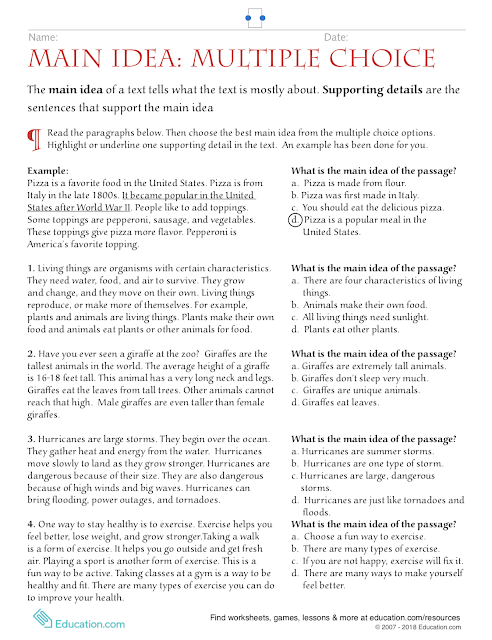
It is not so important to read a lot, it is much more necessary to process what you read in your mind in a quality manner. Having comprehended and structured the text in a certain way, it is much easier to convey its content and learn the main thing.
The current interdisciplinary curriculum, provided for by the new educational standards, is the program "Fundamentals of semantic reading and working with text." The program is aimed at forming and developing the foundations of reading competence necessary for students to implement their future plans, including continuing education and self-education, preparing for work and social activities. Today, reading, along with writing and computer skills, is one of the basic skills that allow you to work productively and communicate freely with different people. Reading is a universal skill: it is something taught and something through which one learns. As scientists have established, about 200 factors affect student performance. Factor #1 is reading skill, which has a far greater impact on academic performance than all of them combined. Research shows that in order to be competent in all subjects and later in life, a person needs to read 120-150 words per minute. This becomes a necessary condition for the success of working with information. Reading is the foundation of all educational outcomes.
Factor #1 is reading skill, which has a far greater impact on academic performance than all of them combined. Research shows that in order to be competent in all subjects and later in life, a person needs to read 120-150 words per minute. This becomes a necessary condition for the success of working with information. Reading is the foundation of all educational outcomes.
2. Semantic reading in the context of the new Federal State Educational Standards
Federal standards include in the meta-subject results of OOP mastering as a mandatory component "mastering the skills of semantic reading of texts of various styles and genres in accordance with the goals and objectives."
Semantic reading is a type of reading aimed at understanding the semantic content of the text by the reader. For semantic understanding, it is not enough just to read the text, it is necessary to evaluate the information, respond to the content.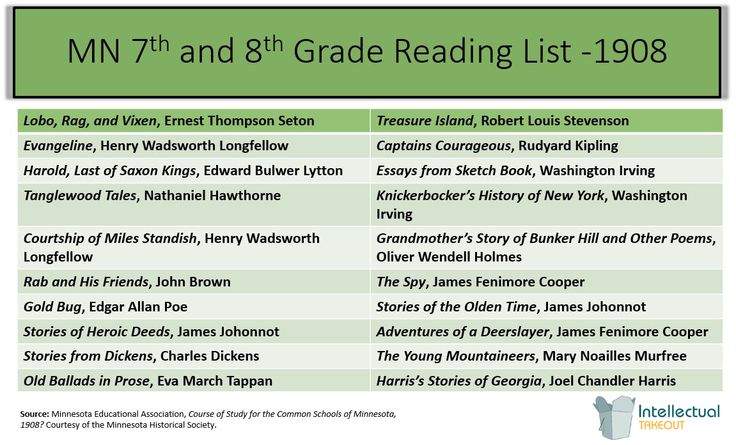
In the concept of universal educational activities (Asmolov A.G., Burmenskaya G.V., Volodarskaya I.A., etc.) actions of semantic reading associated with:
- understanding the purpose and choosing the type of reading depending on tasks;
- definition of primary and secondary information;
- by formulating the problem and the main idea of the text.
For semantic understanding, it is not enough just to read the text, it is necessary to evaluate the information, respond to the content. The concept of "text" should be interpreted broadly. It can include not only words, but also visual images in the form of diagrams, figures, maps, tables, graphs.
Since reading is a meta-subject skill, its constituent parts will be in the structure of all universal learning activities:
- personal UUD includes reading motivation, learning motives, attitude towards oneself and school;
- in the regulatory UUD - the student's acceptance of the learning task, arbitrary regulation of activity;
- in cognitive UUD - logical and abstract thinking, working memory, creative imagination, concentration, vocabulary volume.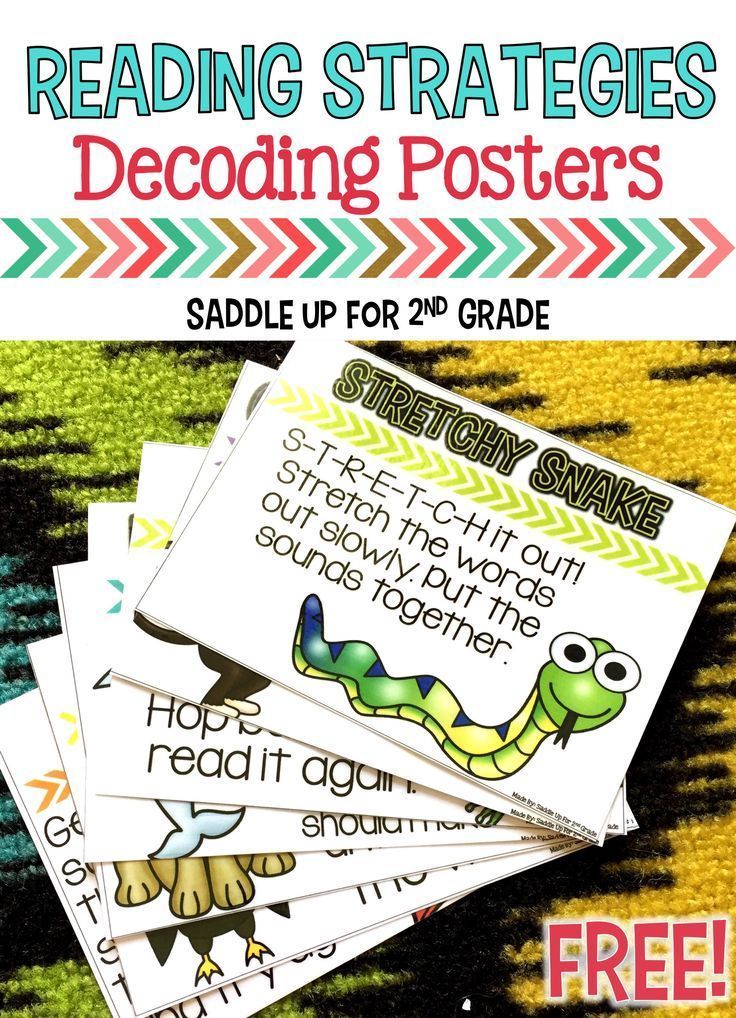
- in communicative UUD - the ability to organize and implement cooperation and cooperation with a teacher and peers, adequately convey information, display subject content.
The diagram shows groups of meta-subject results related to semantic reading.
3. Strategies for semantic reading
To work with the text at each stage, the reader chooses his own strategies. Learning strategies are a set of actions that a learner takes in order to facilitate learning, make it more effective, efficient, faster, more enjoyable, aim and bring learning activities closer to their own goals.0007
The term "reading strategies" was born at the dawn of psycholinguistics, and its appearance is associated with the work of Kenneth Goodman and Peter Kolers (70s). (slide 14) The most general definition of J. Bruner became fundamental for all subsequent works: “A strategy is a certain way of acquiring, storing and using information that serves to achieve certain goals in the sense that it should lead to certain results.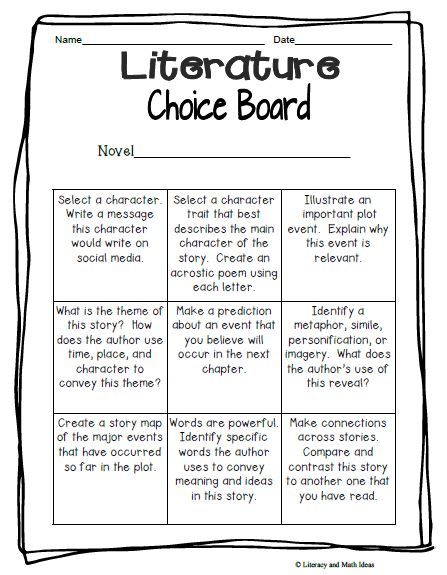 ”
”
In case of success, the student remembers the ways of his actions, operations, resources used, transfers the strategy to other situations, makes it universal. The number of strategies and the frequency of their use are individual.
Strategy No. 1. Directed reading
Purpose: to form the ability to purposefully read the educational text. Ask questions and lead group discussions.
1. Update. Reception "Associative Bush": the teacher writes a keyword or title of the text, students express their associations one by one, the teacher writes down. The use of this technique allows you to update knowledge, motivate subsequent activities, activate the cognitive activity of students, set them up for work.
2. Pupils silently read a short text or part of a text, stopping at the indicated places.
3. The teacher asks a problematic question on what has been read.
4. The answers of several students are discussed in class.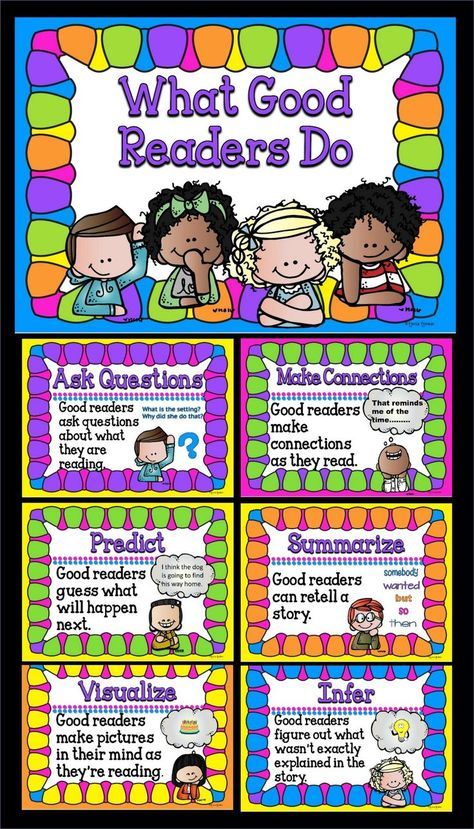
5. The students make an assumption about the further development of the event.
Strategy #2. Reading in pairs - generalization in pairs
Purpose: to form the ability to highlight the main thing, summarize what was read in the form of a thesis, ask problematic questions.
1. The students silently read the text or part of the text chosen by the teacher.
2. The teacher puts the students in pairs and gives clear instructions. Each student alternately performs two roles: speaker - reads and summarizes the content in the form of one thesis; the respondent listens to the speaker and asks him two substantive questions. Next comes the role reversal.
3. The teacher invites all students to the discussion.
Strategy No. 3. Reading and asking
Purpose: to form the ability to work independently with printed information, formulate questions, work in pairs.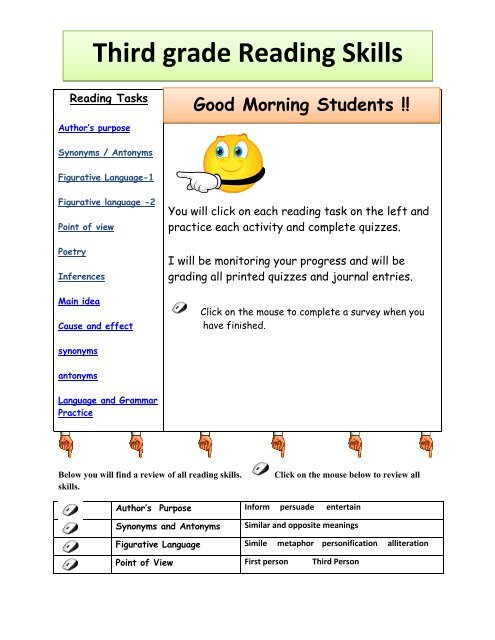
1. Students silently read the proposed text or part of the text chosen by the teacher.
2. The students work in pairs and discuss which key words should be highlighted in the reading. (Which words appear most often in the text? How many times? Which words are in bold? Why?
If you read the text aloud, how would you make it clear that this sentence is the main one? It is about highlighting the phrase voice, which hides an unobtrusive but reliable memorization.)
3. One of the students formulates a question using key words, the other answers it.
4. Discuss key words, questions and answers in class. Correction.
Strategy No. 4. Double entry diary
Goal: to form the ability to ask questions while reading, critically evaluate information, compare what is read with one's own experience.
1. The teacher instructs the students to divide the notebook into two parts.
2. In the process of reading, students should write down on the left side the moments that struck, surprised, reminded of some facts, caused any associations; on the right - write a concise commentary: why this particular moment surprised you, what associations it caused, what thoughts it prompted.
In the process of reading, students should write down on the left side the moments that struck, surprised, reminded of some facts, caused any associations; on the right - write a concise commentary: why this particular moment surprised you, what associations it caused, what thoughts it prompted.
Strategy No. 5. Reading with notes
Purpose: to form the ability to read thoughtfully, evaluate information, formulate the author's thoughts in your own words.
The teacher gives the students the task to write information in the margins with icons according to the following algorithm:
- V Familiar information
- + New information
- - I thought (thought) otherwise
- ? This interested me (surprised), I want to know more
The essence of semantic reading strategies is that the strategy is related to choice, functions automatically at the unconscious level and is formed in the course of the development of cognitive activity.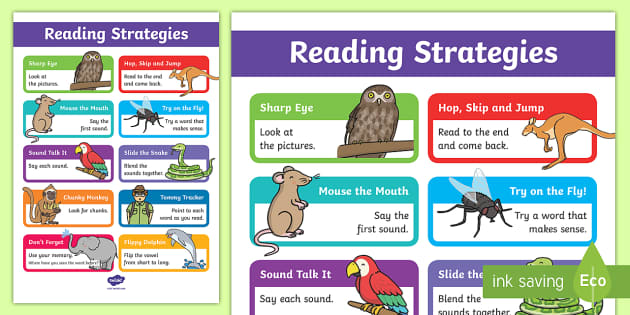 Teaching reading strategies includes the acquisition of skills:
Teaching reading strategies includes the acquisition of skills:
- Distinguishing types of message content - facts, opinions, judgments, evaluations;
- recognition of the hierarchy of meanings within the text - the main idea, theme and its components;
- own understanding - the process of reflective perception of the cultural meaning of information.
Mastering strategies occurs mainly in groups or pairs, which allows students to develop not only speech, but also communicative competence.
4. Techniques for teaching the strategy of semantic reading and working with text
The strategy of semantic reading provides understanding of the text by mastering the techniques of mastering it at the stages before reading, during reading and after reading. Working with any text involves three stages: pre-text activity, text and post-text activity
Stage 1. Work with text before reading.
1. Anticipation (anticipation, anticipation of the upcoming reading).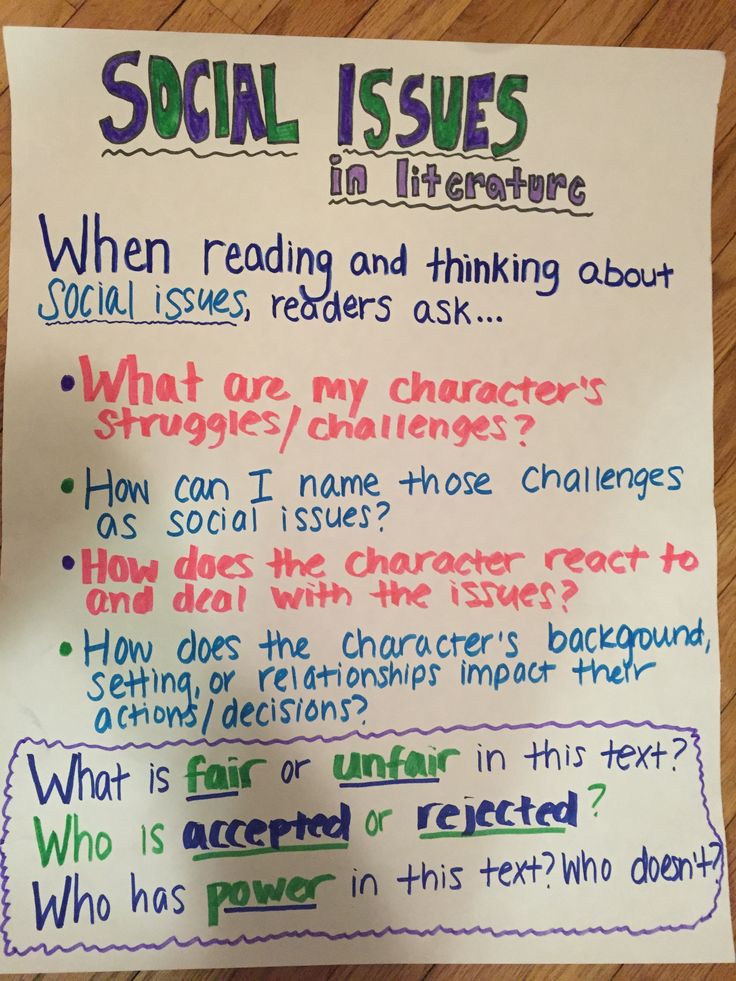 Determining the semantic, thematic, emotional orientation of the text, highlighting its heroes by the title of the work, the name of the author, key words, illustrations preceding the text based on the reader's experience.
Determining the semantic, thematic, emotional orientation of the text, highlighting its heroes by the title of the work, the name of the author, key words, illustrations preceding the text based on the reader's experience.
2. Setting the objectives of the lesson, taking into account the general (educational, motivational, emotional, psychological) readiness of students for work.
Purpose of stage 1: development of the most important reading skill, anticipation, that is, the ability to guess, predict the content of the text by title, author's name, illustration.
Techniques of pre-text activity:
If earlier, according to the traditional method, only one task “Read the text” was given at the stage of pre-reading the text, and the main attention was paid to control of reading comprehension, now we know that the better organized the stage of pre-reading, the easier it is for the student to read the text and the higher the result achieved by him.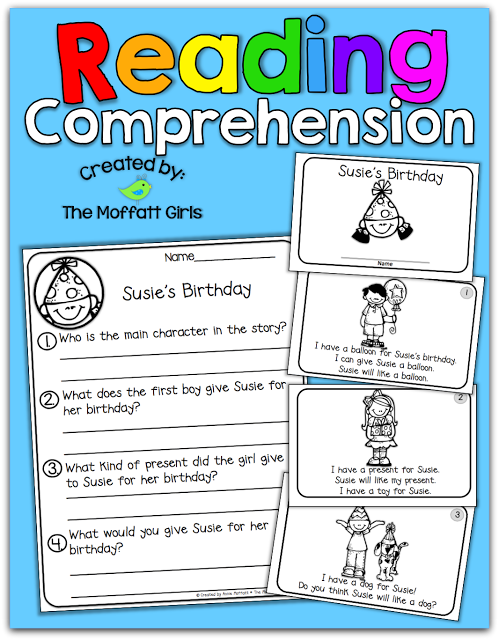
Pre-text orienting techniques are aimed at staging reading and, consequently, at choosing the type of reading, updating previous knowledge and experience, concepts and vocabulary of the text, as well as creating motivation for reading.
Most common techniques:
- Brainstorming
- Glossary
- "Landmarks of anticipation"
- Preliminary Questions
- "Dissection questions".
Brainstorming, headline prediction.
The goal is to update previous knowledge and experience related to the topic of the text.
The question is asked: what associations do you have about the stated topic?
Associations are written on the board.
The teacher can add various information.
Reading text. Comparison of information with that learned from the text.
"Glossary"
The purpose of is to update and repeat the vocabulary related to the topic of the text.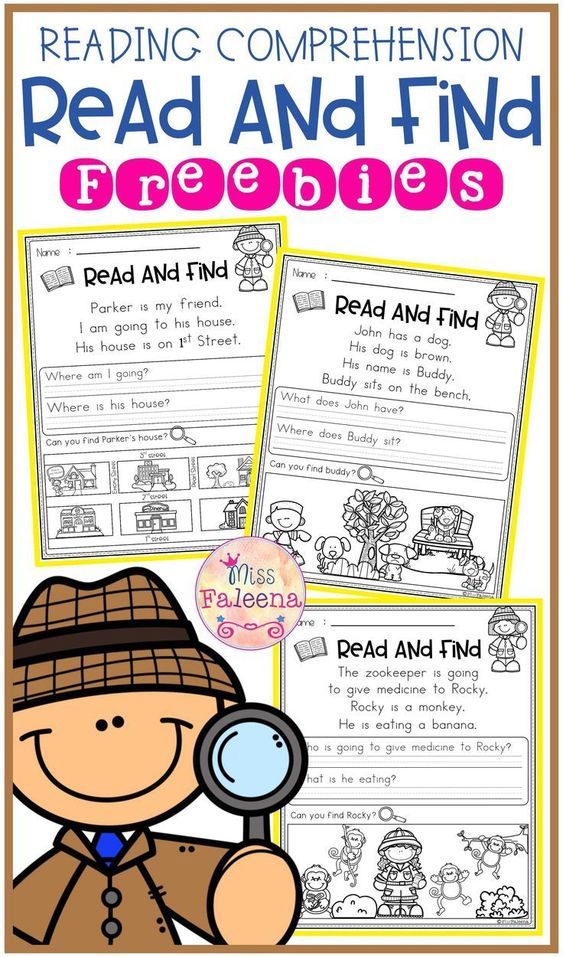
The teacher says the name of the text, gives a list of words and suggests marking those that may be related to the text.
Having finished reading the text, they return to these words (this will be a post-text strategy) and look at the meaning and use of the words used in the text.
"Landmarks of anticipation"
The purpose of is to update previous knowledge and experience related to the topic of the text. Students are given judgments. They should mark the ones they agree with. After reading, they mark them again. If the answer has changed, then the students explain why this happened (post-text strategy)
“Dissections of the Question”
The goal of is a semantic guess about the possible content of the text based on the analysis of its title. It is proposed to read the title of the text and divide it into semantic groups. What do you think the text will be about?
"Preparatory questions"
The purpose of is to update existing knowledge on the topic of the text.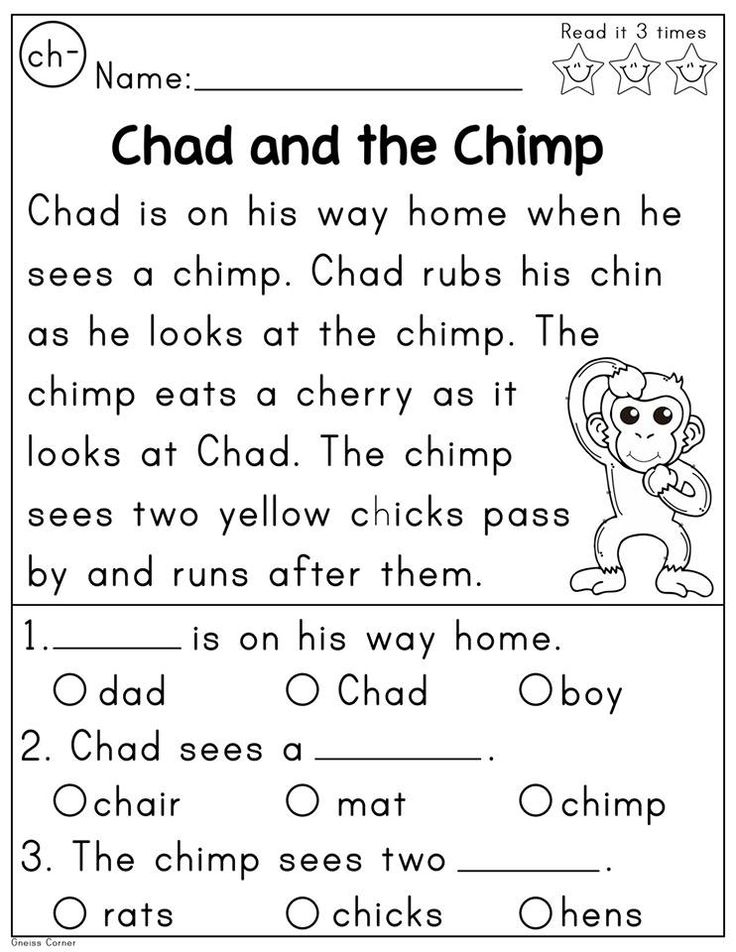
Detailed reception algorithm:
1. Scan the text quickly. (Review reading.)
2. Answer the question asked in the title of the text.
Stage 2. Working with text while reading.
Purpose of stage 2: understanding of the text and creation of its reader's interpretation (interpretation, evaluation).
1. Primary reading of the text. Independent reading in the classroom or reading-listening, or combined reading (at the choice of the teacher) in accordance with the characteristics of the text, age and individual abilities of students. Identification of primary perception (with the help of a conversation, fixing primary impressions, related arts - at the teacher's choice).
2. Rereading the text. Slow "thoughtful" repeated reading (of the whole text or its separate fragments). Text analysis. Statement of a clarifying question for each semantic part.
3. Conversation on the content of the text. Summary of what has been read.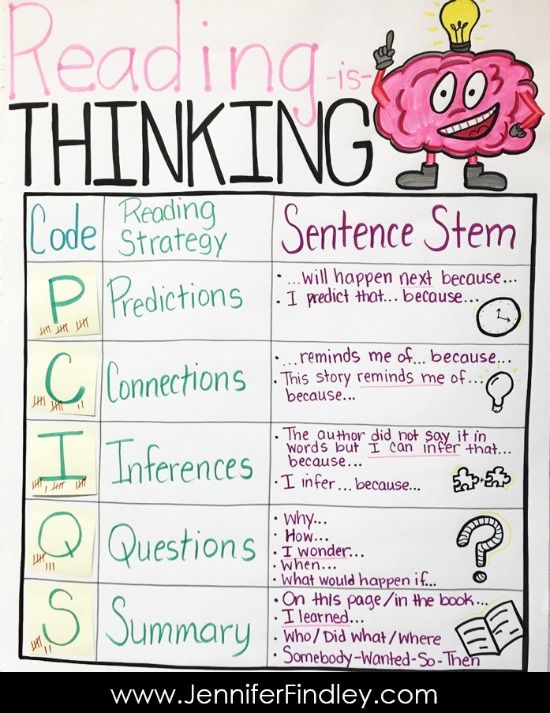 Identification of the hidden meaning of the work, if any. Statement of generalizing questions to the text, both by the teacher and by the children. Appeal (if necessary) to individual fragments of the text.
Identification of the hidden meaning of the work, if any. Statement of generalizing questions to the text, both by the teacher and by the children. Appeal (if necessary) to individual fragments of the text.
Text activities include:
- Read aloud
- "Reading to yourself with questions"
- Stop Reading
- "Reading to yourself with a mark"
"Reading aloud"
The goal is to check the understanding of the text read aloud .
1. Reading text paragraph by paragraph. The task is to read with understanding, the task of the listeners is to ask the reader questions to check whether he understands the text being read.
2. Listeners ask questions about the content of the text, the reader answers. If his answer is incorrect or inaccurate, the listeners correct him.
“Reading to yourself with questions”
The goal is to teach you to read the text thoughtfully by asking yourself increasingly difficult questions .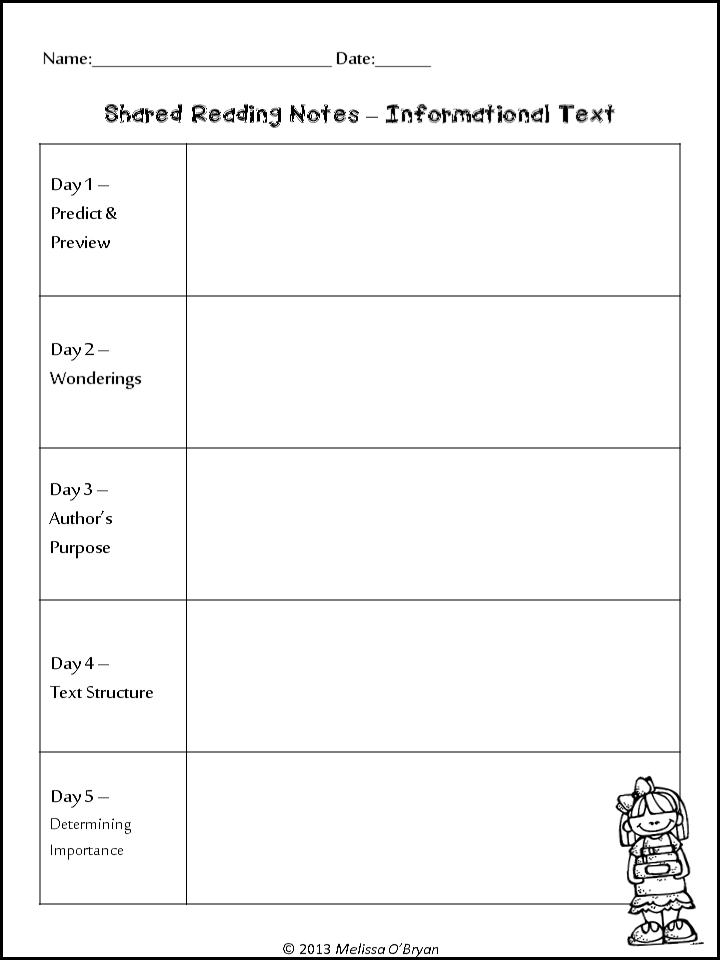
1. Reading the first paragraph. Questions are being asked.
2. Reading the second paragraph to yourself. Work in pairs. One student asks questions, the other answers.
3. Reading the third paragraph. They change roles. They ask questions and answer.
Stop Reading
Goals - managing the process of understanding the text while reading it.
Reading the text with stops during which questions are asked. Some of them are aimed at testing understanding, others - at predicting the content of the following passage.
“Reading to yourself with notes” (“Insert”)
The goal is to monitor the understanding of the text being read and its critical analysis . This strategy is most often used to work with complex scientific texts. It is used to stimulate more careful reading. Reading becomes an exciting journey.
1. Individual reading.
While reading, the student makes notes in the text:
- V – already knew;
- + - new;
- - thought differently;
- ? - I do not understand, there are questions.
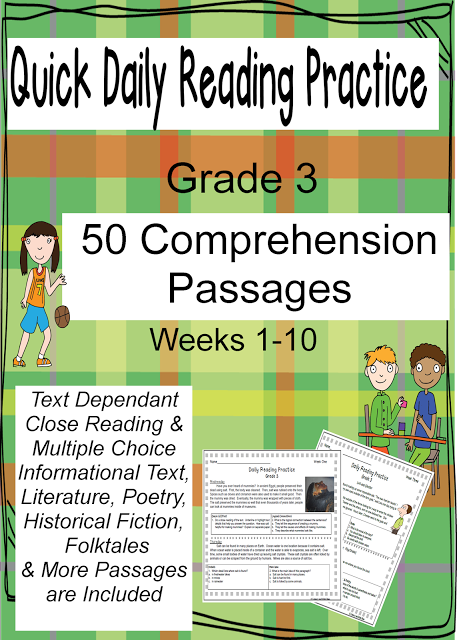
2. Reading, the second time, fill in the table, systematizing the material.
| Already knew (V) | Learned something new (+) | Thought otherwise (–) | Questions (?) |
Records - keywords, phrases. After completing the table, students will have a mini-outline. After the students fill in the table, we summarize the results of the work in the conversation mode. If the students have any questions, then I answer them, having previously found out if one of the students can answer the question that has arisen. This technique contributes to the development of the ability to classify, systematize incoming information, highlight the new.
“Creating a question plan”.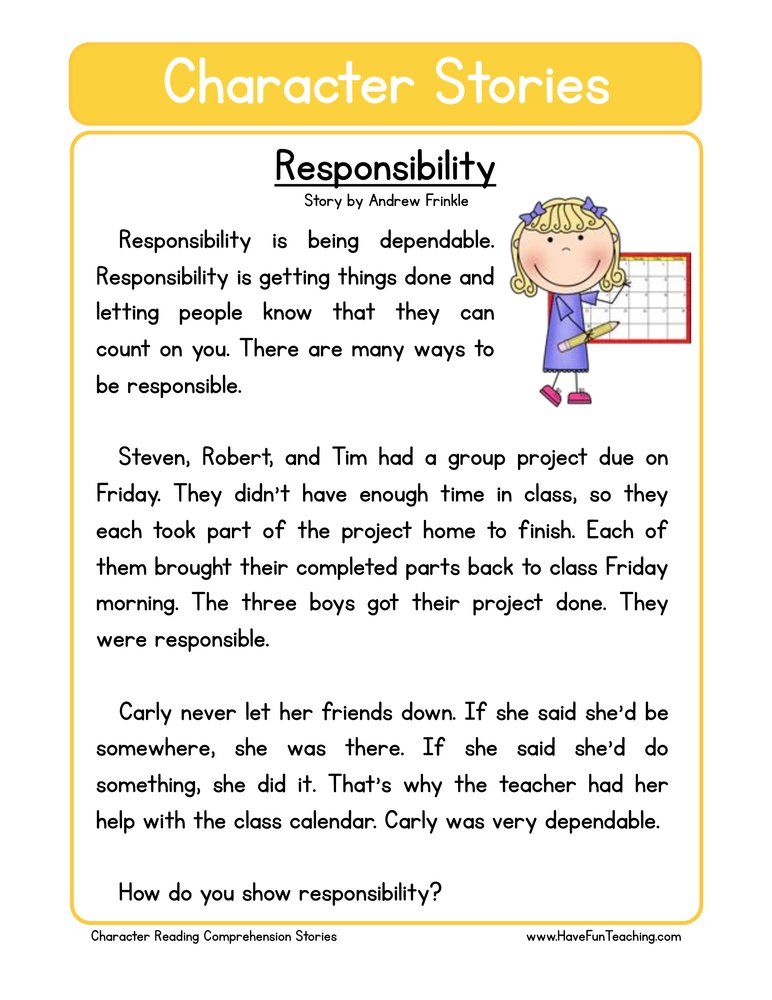
The student carries out a semantic grouping of the text, highlights the strong points, divides the text into semantic parts and titles each part with a key question
Stage 3. Working with text after reading .
Purpose: correction of the reader's interpretation in accordance with the author's intention
1. Conceptual (semantic) conversation on the text. Collective discussion of the read, discussion. Correlation of readers' interpretations (interpretations, evaluations) of the work with the author's position. Identification and formulation of the main idea of the text or the totality of its main meanings.
2. Acquaintance with the writer. Story about a writer. Talk about the personality of the writer. Working with textbook materials, additional sources.
3. Work with the title, illustrations. Discussing the meaning of the title. Referring students to ready-made illustrations.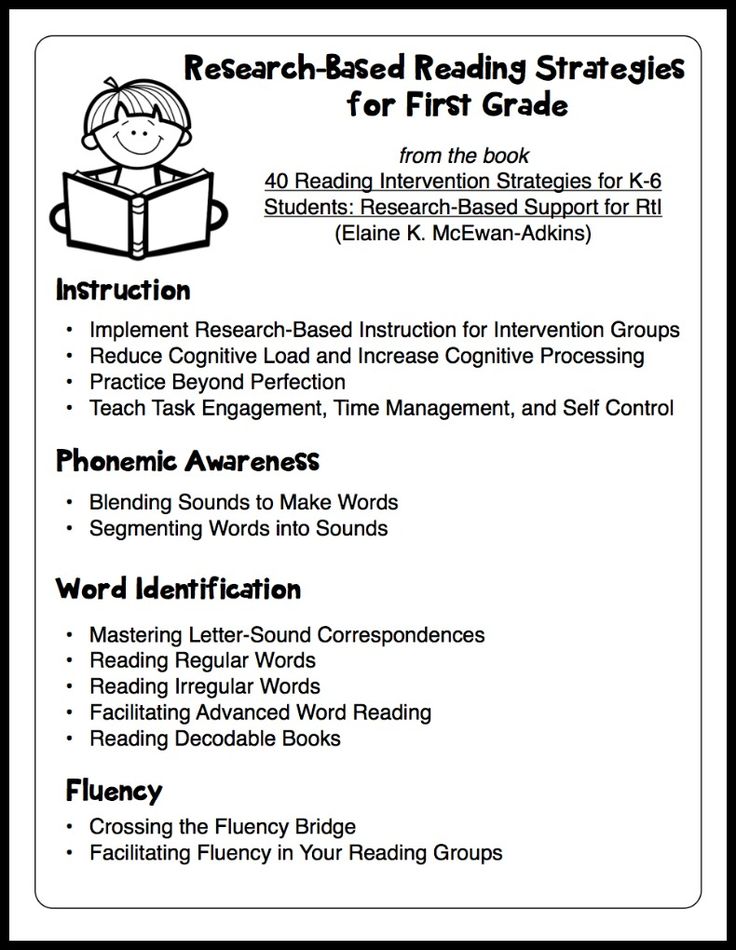 Correlation of the artist's vision with the reader's idea.
Correlation of the artist's vision with the reader's idea.
4. Creative tasks based on any area of students' reading activity (emotions, imagination, comprehension of content, artistic
Techniques for post-text activities.
- "Relationship between question and answer"
- "Time out"
- "Checklist"
- "Questions after the text"
"Relationship between question and answer"
The goal is to teach understanding of the text . One of the most effective post-text techniques. It differs from the rest in that it teaches the process of understanding the text, and does not control the result (understood - did not understand), shows the need to search for the location of the answer.
The answer to the question can be in the text or in the reader's word. If the answer is in the text, it can be in one sentence of the text or in several of its parts. To answer the question, you need to find the exact answer in one sentence of the text.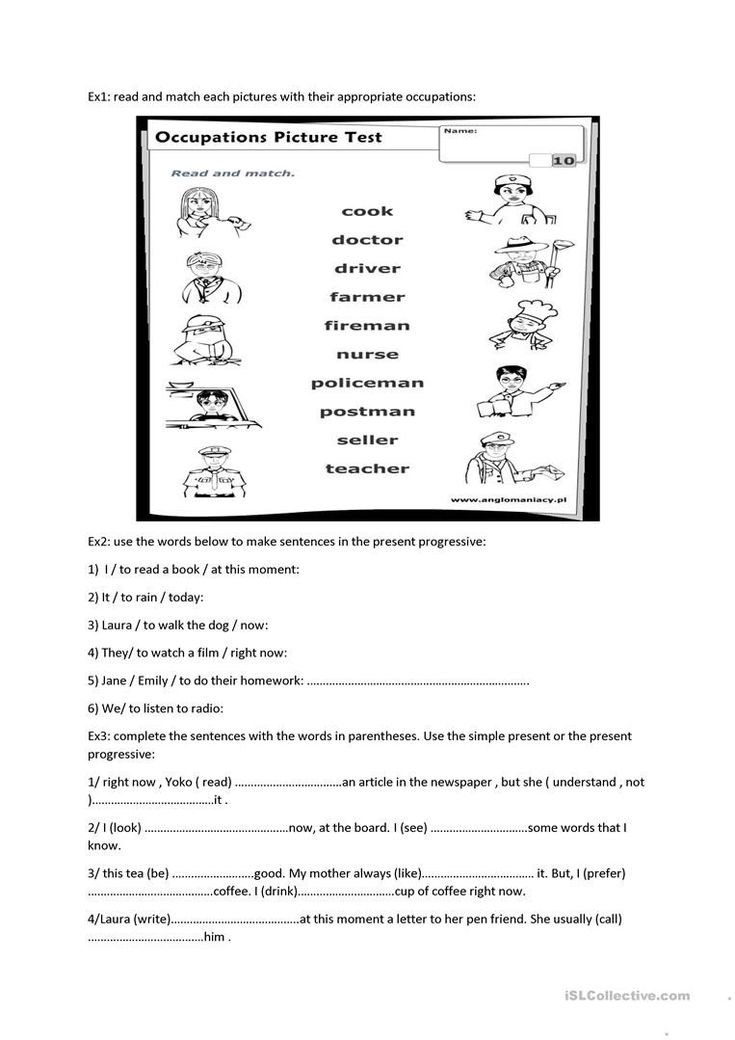 If it is contained in several parts of the text, such an answer must be formulated by connecting them.
If it is contained in several parts of the text, such an answer must be formulated by connecting them.
If the answer is in the reader's head, then in one case the reader constructs it by connecting what the author says between the lines or indirectly and how the reader interprets the author's words. In another case, the answer is outside the text and the reader is looking for it in his knowledge.
"Time out"
Objectives - self-test and assessment of understanding of the text by discussing it in pairs and in a group.
Reception implementation algorithm:
1. Reading the first part of the text. Work in pairs.
2. Ask each other clarifying questions. They answer them. If there is no confidence in the correctness of the answer, questions are submitted for discussion by the whole group after the completion of the work with the text.
Checklist
This strategy is quite flexible.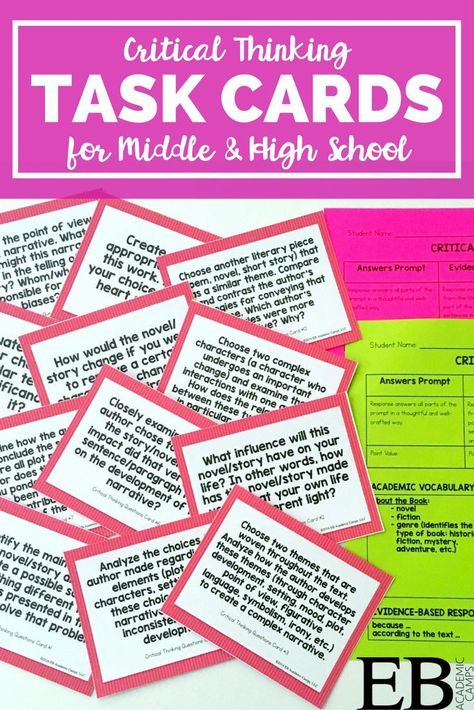 It lays down the conditions for the qualitative performance of any task. The “checklist” is compiled by the teacher for students at the first stages of applying the strategy.
It lays down the conditions for the qualitative performance of any task. The “checklist” is compiled by the teacher for students at the first stages of applying the strategy.
Checklist "Brief retelling":
1. The main idea of the text is named. (Yes / No.)
2. The main thoughts of the text and the main details are named. (Yes/No.)
3. There is a logical and semantic structure of the text. (Yes/No.)
4. There are necessary means of communication that unite the main ideas of the text. (Yes/No.)
5. The content is presented in one's own words (language means) while preserving the lexical units of the author's text. (Yes/No.)
“Questions after the text”
The classification of questions, known as the “Taxonomy of questions”, involves a balance between groups of questions to:
- the factual information of the text, presented verbally;
- subtext information hidden between lines, in subtext;
- conceptual information, often outside the text.
These three groups of questions are now being supplemented by a fourth one - a group of evaluative, reflective questions related to the critical analysis of the text.
"Thin" and "thick" questions
After studying the topic, students are asked to formulate three "thin" and three "thick" questions related to the material covered. They then quiz each other using tables of "thick" and "thin" questions.
| Thick questions | Subtle questions |
| Explain why….? | Who..? What…? When…? |
- Read the text.

- What words occur most often in the text? How many times?
- Which words are in bold? Why?
- If you were to read the text aloud, how would you make it clear that this sentence is the main one?
- Noun (subject).
- Two adjectives (description)
- Three verbs (action).
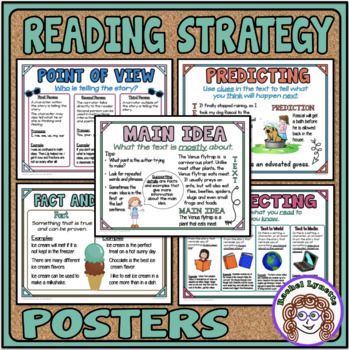
- Four-word phrase (description).
- Noun (paraphrasing of the topic).
- How many paragraphs of the text?
- Pay attention to the words in thinned and bold type.
- Write out keywords.
- Coordinating conjunctions
- Intonation
- general minor member
- Explanatory words
- Comma
- Semicolon
- Dash
- No comma
- Reading 1 paragraph.
- We ask questions to the reader, he answers them.
- Reading in pairs to yourself 2 paragraphs, one student asks a question - the other answers.
- Reading 3, 4 paragraphs - students change roles.
- Give an example of a compound sentence, give a description according to the plan, draw up a diagram;
- make a mind map.
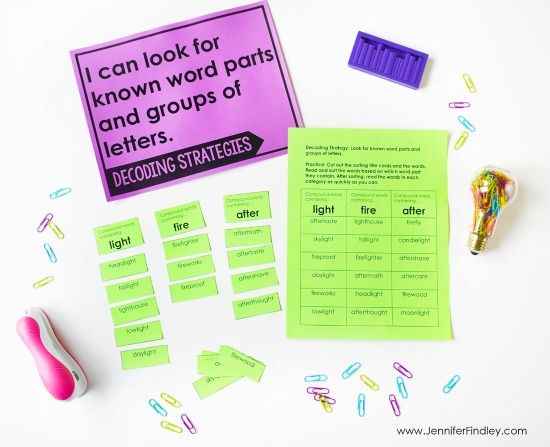
Question Tree
Crown - what? where? when? Barrel - why? How? Could you? Roots - how to relate the text to life? With current events? What is the author trying to show?
"Bloom's Cube" (Benjamin Bloom is a famous American teacher, author of many pedagogical strategies = technician).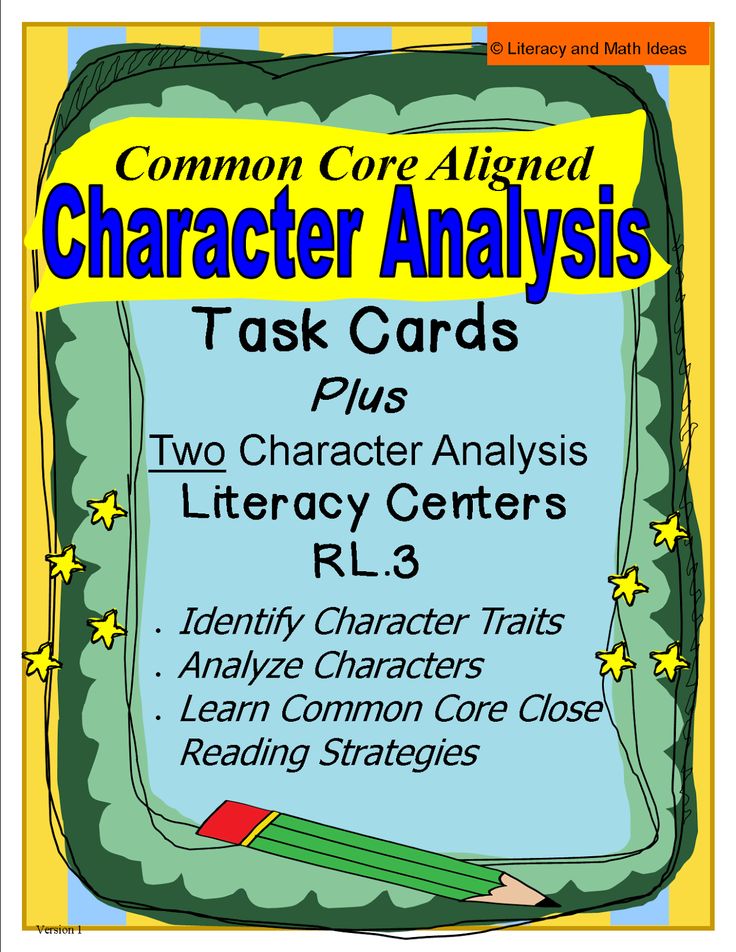
The beginnings of the questions are written on the sides of the cube: “Why?”, “Explain”, “Name”, “Suggest”, “Think up”, “Share”. The teacher or student rolls the die.
It is necessary to formulate a question to the educational material on the side on which the cube fell.
The “Name” question is aimed at the level of reproduction, that is, at the simple reproduction of knowledge.
The question "Why" - the student in this case must find cause-and-effect relationships, describe the processes that occur with a particular object or phenomenon.
"Explain" question - the student uses concepts and principles in new situations.
Question Tree
Options for working with text.
"Questions to the text of the textbook"
The strategy allows you to form the ability to work independently with printed information, formulate questions, work in pairs.
We are talking about highlighting a phrase with your voice. Here lies an unobtrusive but reliable memorization.
Cluster
I use clusters for structuring and systematizing material. A cluster is a way of graphic organization of educational material, the essence of which is that in the middle of the sheet the main word (idea, topic) is written or sketched, and ideas (words, pictures) associated with it are fixed on the sides of it.
"Keywords"
These are words that can be used to compose a story or definitions of some concept.
"True and False Statements"
has a universal device, which contributes to the actualization of students' knowledge and the activation of mental activity.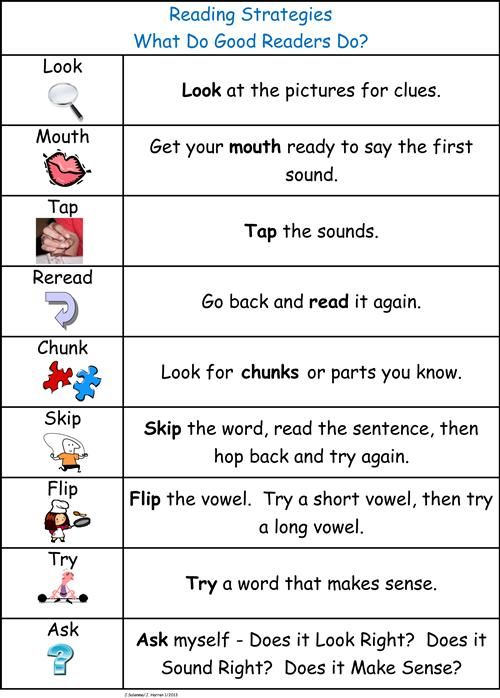 This technique makes it possible to quickly include children in mental activity and it is logical to proceed to the study of the topic of the lesson. Reception forms the ability to assess the situation or facts, the ability to analyze information, the ability to reflect one's opinion. Children are invited to express their attitude to a number of statements according to the rule: true - "+", not true - "-".
This technique makes it possible to quickly include children in mental activity and it is logical to proceed to the study of the topic of the lesson. Reception forms the ability to assess the situation or facts, the ability to analyze information, the ability to reflect one's opinion. Children are invited to express their attitude to a number of statements according to the rule: true - "+", not true - "-".
"Do you believe..."
It is carried out in order to arouse interest in the study of the topic and create a positive motivation for independent study of the text on this topic.
Conducted at the beginning of the lesson, after the announcement of the topic.
Sincwine
Develops the ability of students to highlight key concepts in the reading, the main ideas, synthesize the knowledge gained and show creativity.
Sinkwine structure:
"Mental maps" (graphic technique for organizing text),
Mind Mapping is a mind visualization technique. The applications of mental maps are very diverse - for example, they can be used to fix, understand and remember the content of a book or text, generate and write down ideas, understand a new topic for yourself, prepare for making a decision.
In the center of a landscape sheet, one word indicates the subject, which is enclosed in a closed outline. Branches are drawn from it, on which keywords are located. Sub-branches are added to branches until the topic is exhausted.
Mind maps activate memory. Lists, solid text, trees, and diagrams are the same. Mind maps, on the other hand, use every possible means to activate perception through diversity: different line weights, different colors of branches, precisely chosen keywords that are personally meaningful to you, the use of images and symbols. The technique of mental maps helps not only to organize and organize information, but also to better perceive, understand, remember and associate it.
The technique of mental maps helps not only to organize and organize information, but also to better perceive, understand, remember and associate it.
5. Diagnosis of educational outcomes using semantic reading techniques
The network project "Techniques of Semantic Reading" [1] describes the model of V.V. Pikan, in which all cognitive levels are illustrated by exemplary examples of key questions and tasks that make it possible to diagnose the quality of mastering knowledge and ways of students' activities. Each of the cognitive levels (knowledge, understanding, application, generalization and systematization, value attitude) is assigned the number of points received for completing the tasks of the mastered level. The table below shows examples of questions and tasks, assessment criteria.
| Cognitive levels and assessment criteria | Examples of key questions and tasks (beginning of formulations) |
| Knowledge - 1 point | Name. |
| Comprehension - 2 points | As you understand... Explain the relationship. Why ... Connect in semantic pairs .... Show on the graph... |
| Application - according to sample 3 b. | Make an offer…. Identify Traits character…. Apply the appropriate rule.... Compare…. Draw conclusions.... Present your point of view... |
| Generalization and systematization | Make a summary…. Make a table. |
| Value attitude - 2-10 b. | What does it matter…. What do you think…. Do you like…. |
6. Implementation of semantic reading technology techniques
1. Work with text before reading. Reception dissection question.
It is proposed to read the title of the paragraph "Compound sentence", the title of the scientific style text, and divide it into semantic groups; answer the question: what do you think the text will be about?
2. Working with text while reading.
Primary reading . Review reading or introductory reading:
1. Compound
2. Communication
3.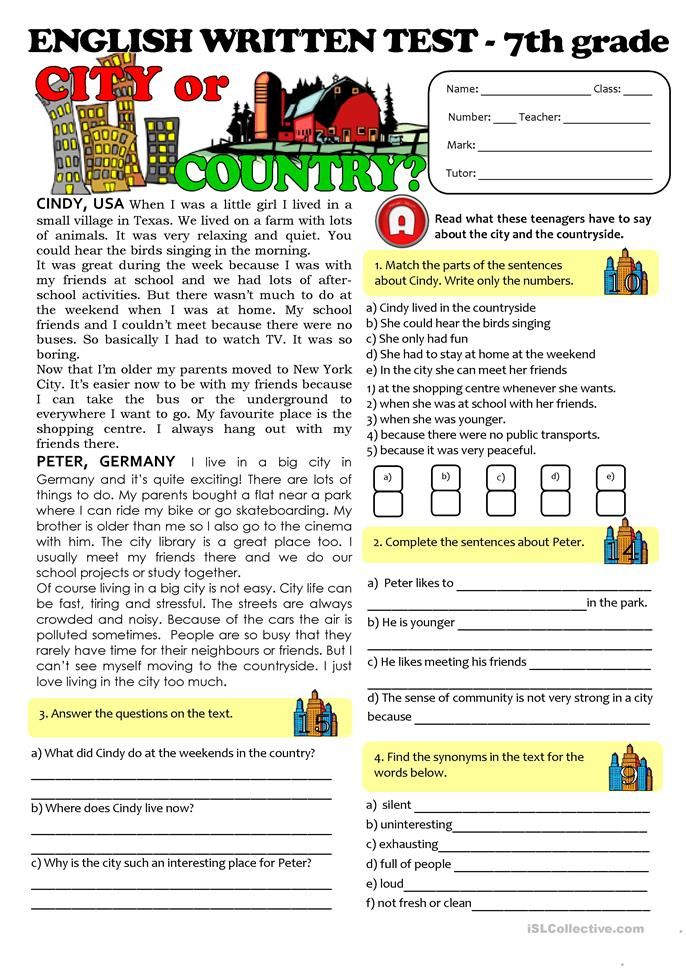 Additional communications
Additional communications
4. Punctuation marks
Learning reading . Rereading text
3. Work with the text after reading.
Work in groups: 1 group, using keywords, makes up a story about a compound sentence; Group 2, based on the plan for syntactic analysis of a simple sentence, draws up a plan for characterizing a complex sentence.
General job:
Fig.1. Mind map "Compound sentence" of a 9th grade student Samara D.
7. Conclusion
Semantic reading forms cognitive interest, the ability to compare facts and draw conclusions, activates the imagination, develops speech, thinking, and also teaches how to work with information. The active implementation of semantic reading strategies, technologies by all teachers of various academic disciplines will make our graduates full members of the new information society.
References and references
- Project "Techniques of semantic reading" Auth. Dozmorova E.V., Director of the Center for Innovations in Education, FPC and PC TSPU, Ph.D. - https://www.planeta.tspu.ru/files/file/doc/1464065663.pdf
- Federal State Educational Standard for Primary General Education // http://standart.edu.ru/catalog.aspx?CatalogId=959.
- Variable learning technology / under.
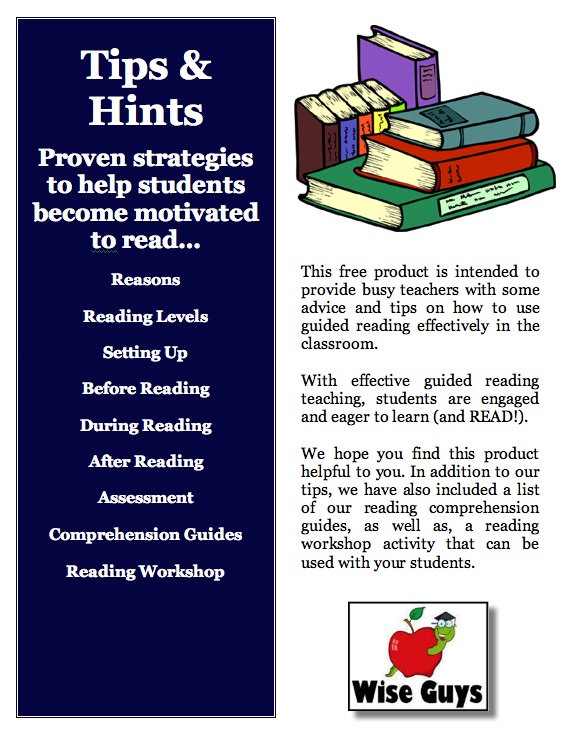 ed. Pikan V.V. / Teaching aid.: UTs Perspektiva, 2008
ed. Pikan V.V. / Teaching aid.: UTs Perspektiva, 2008 - Dozmorova E.V. Development of creative thinking of students in mathematics lessons. Methodological guide for teachers of mathematics - Tomsk 2008.
- Rozhdestvenskaya L., Logvina I. Formation of functional reading skills. A guide for the teacher. – https://slovesnic.ru/attachments/article/303/frrozhdest.pdf
- Fisenko T.I. Development of semantic reading skills when working with various texts in classes in grades 5–11 - https://www.kreativ-didaktika.ru/bailainer-obuchenie/didakticheskii-tramplin/razvitie-navykov-smyslovogo-chtenija.html
- Sapa A.V. Formation of the foundations of semantic reading within the framework of the implementation of the Federal State Educational Standard of basic general education.
Effective strategies for working with text in the classroom at school
The ultimate goal of teaching Russian is practical literacy and language competence.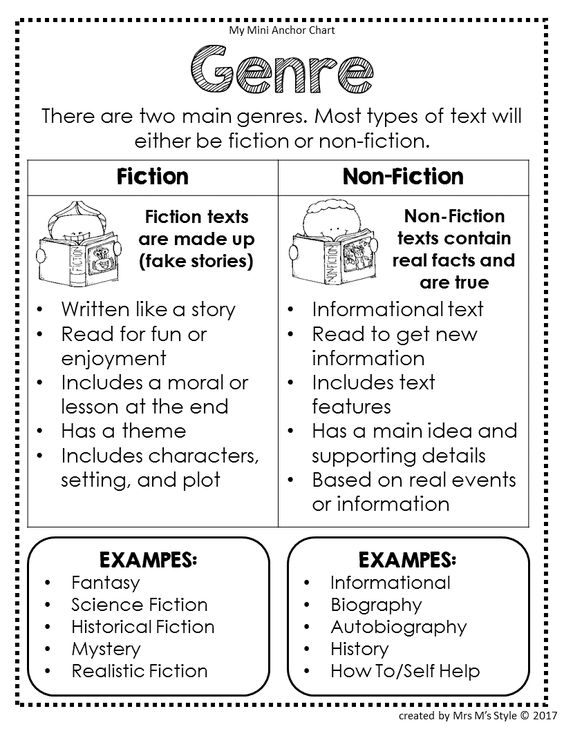 The basis of the content of literature as an academic subject is reading and textual study of works of art.
The basis of the content of literature as an academic subject is reading and textual study of works of art.
Work with text as the main didactic unit allows students to combine the activities of developing practical skills of literate writing and speech development.
Every teacher dreams that all students come to the lesson prepared: they have completely read this or that work or paragraph. And not just read, but understood the meaning of the text read. During the final certification, the graduate must also understand the meaning of the read text. Whether it is a task to the text or the text itself.
Teachers working in grades 9 and 11 know that most mistakes are made due to misunderstanding of what is read, as well as when reading the assignment itself.
Teaching a child to read “correctly”, “effectively”, “productively” is an important task for a teacher. That is why the technology of productive reading (PRT), developed by Professor N.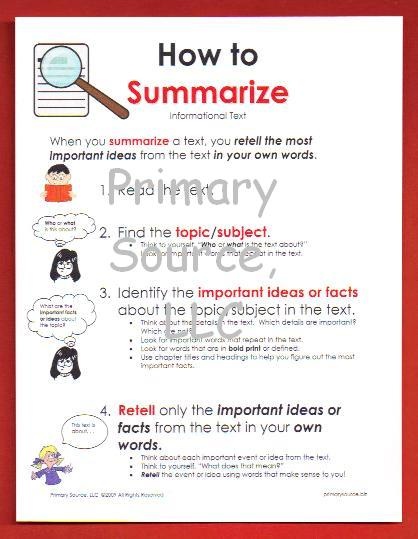 Svetlovskaya, acquires a leading role and contributes to the achievement of the results that are mentioned in the new standards.
Svetlovskaya, acquires a leading role and contributes to the achievement of the results that are mentioned in the new standards.
The technology is universal and can be used in lessons of any cycle.
It is aimed at the formation of all universal educational activities: cognitive, communicative, regulatory, personal.
The technology of productive reading differs sharply from the traditional technology of transferring ready-made knowledge to a student. The teacher organizes the children's research work in such a way that they themselves "think" about solving the key problem of the lesson and can themselves explain how to act in new conditions. The teacher becomes a partner, a mentor, an observer.
The developed technology includes three stages of working with text, a three-stage process.
The goal of is the development of anticipation (the ability to guess, predict the content of the text).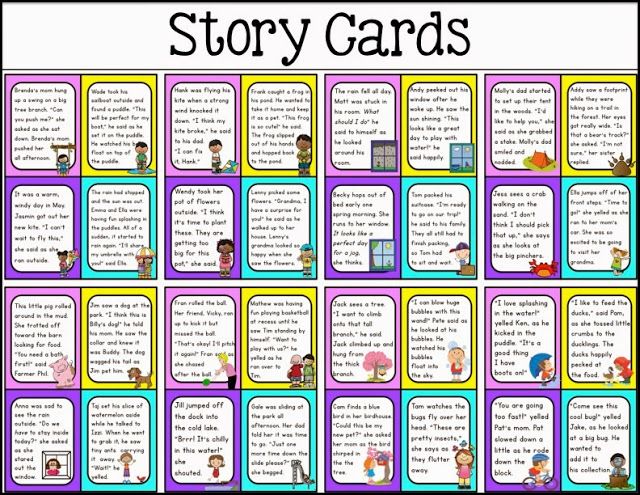 Task - to develop motivation for reading the text
Task - to develop motivation for reading the text
1. Strategy "Forecast by headline".
Task: think about what can be discussed in the story of K.G. Paustovsky "Warm bread", in the work of P.P. Bazhov "Mistress of the Copper Mountain", etc.
– Try to predict the content by the first line of the story…Remember the name of the story….Does the content of the story match the title?
Give examples of such discrepancies.
Associative bush (circle, row). Today we will read and discuss the topic… What associations do you have about the stated topic?
2. Strategy "Brainstorm" ("Basket of ideas").
Task: answer the questions before reading the text (fairy tales "Warm Bread") - What do you know about K. G. Paustovsky? What do you think the story will be about? Who can be the main character? What event in the story can be described.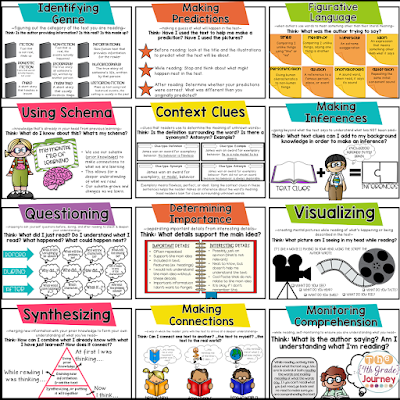
3. Strategy "Image of the text".
Task: check your assumptions. Based on the words taken from the text, try to make a short plot story. The title of the story is given.
4. Strategy "Battery of questions".
Task: make up questions to the text according to the title, according to the illustrations.
5. Glossary strategy.
Task: look at the list of words and mark those that can be related to the text. When you finish reading the text, go back to these words and look at their meaning and the use of words used in the text.
6. "Competing with the writer" strategy.
Task: try to predict the content of the book by looking at the illustrations. One student offers his version, the rest complete it.
7. Strategy "True and False Statements".
8.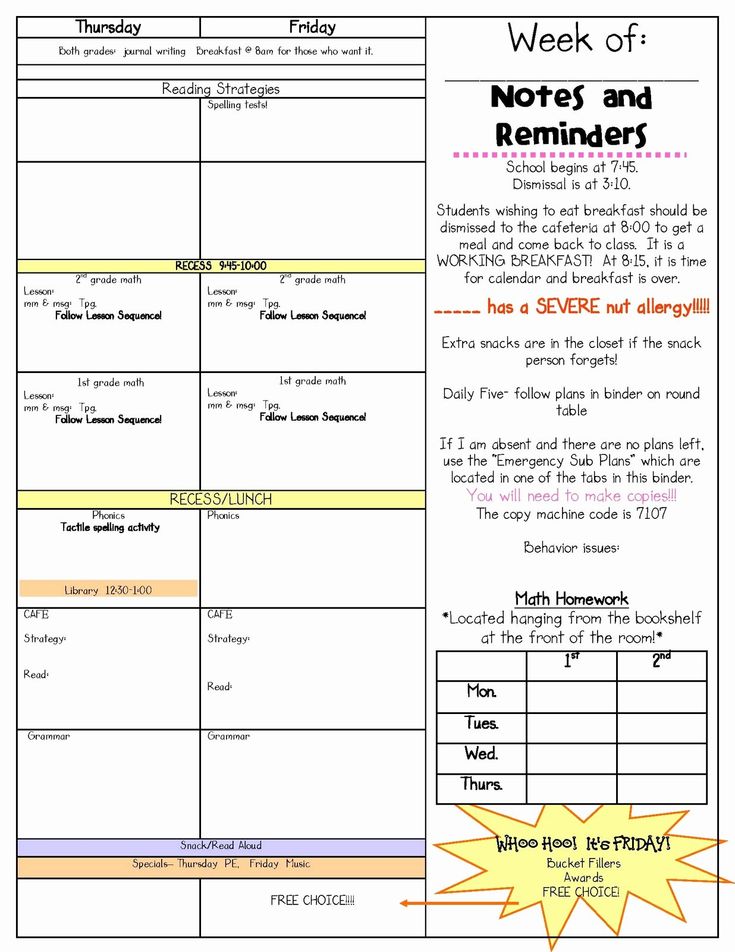 Strategy I know, I want to know, I found out.
Strategy I know, I want to know, I found out.
Stage 2 - stage of text activity.
The purpose of is to understand the text and create its reader's interpretation, summarizing part of the read text, asking questions of a general nature, making assumptions about the further development of the plot and the role of characters in the composition of the text, etc.).
The main task of is to ensure the full perception of the text. The main strategies at the stage of text activity are dialogue with the author, commented reading.
1. Strategy "Reading in a circle". The text is read in turn (each "circle member" reads a paragraph). After this, a stop follows: everyone asks questions to the read passage. If the question cannot be answered (it does not correspond to the text), then the question is considered incorrect. * All correct questions can be recorded.
2. Silent reading with questions strategy.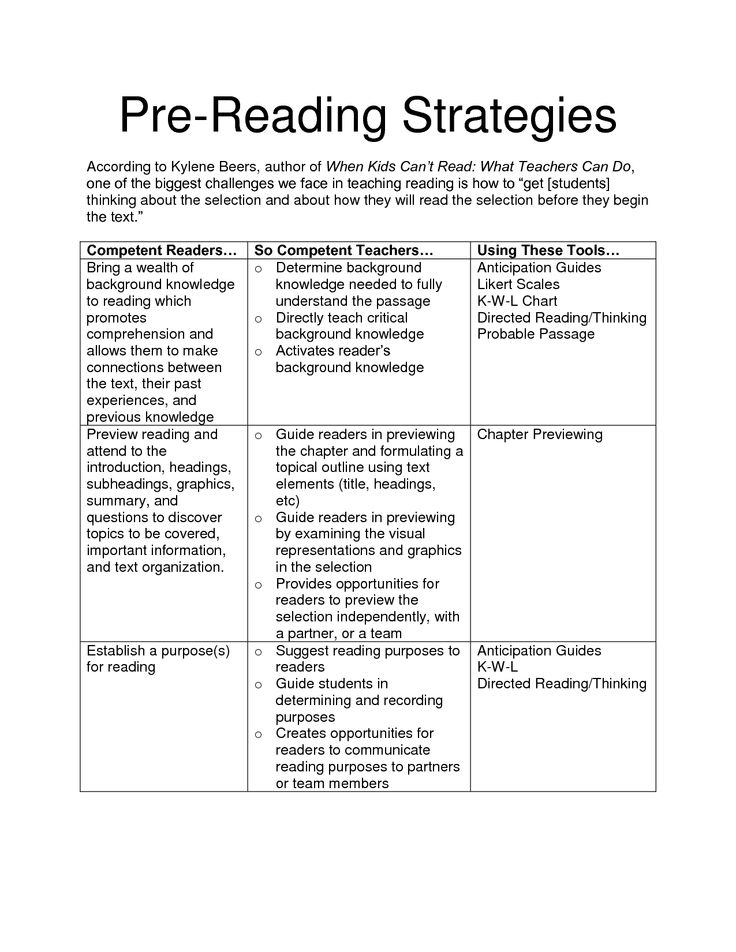
3. Strategy “Reading to yourself with notes. (Insert)" . Marginal notes: + - knew; - - new; ? - interesting; V is unclear. Others are possible: B - question; O - answer; Z - I know; N - new; And - interesting; X - I want to know; C - ask; U to clarify.
4. Strategy "Reading with stops". Reading the text with stops, during which tasks are given in the form of questions: some are aimed at checking understanding, others - at predicting the content of the next passage.
5. "Pose a problem - offer a solution" strategy. Remember what problems the heroes of the work face (the problem is formulated and written down in an oval). Next, the children can name several problems, students are divided into groups and offer all kinds of solutions to problems.
6. Strategy "Creating a question plan". The student carries out a semantic grouping of the text, highlights the strong points, divides the text into semantic parts and titles each part with a key question…….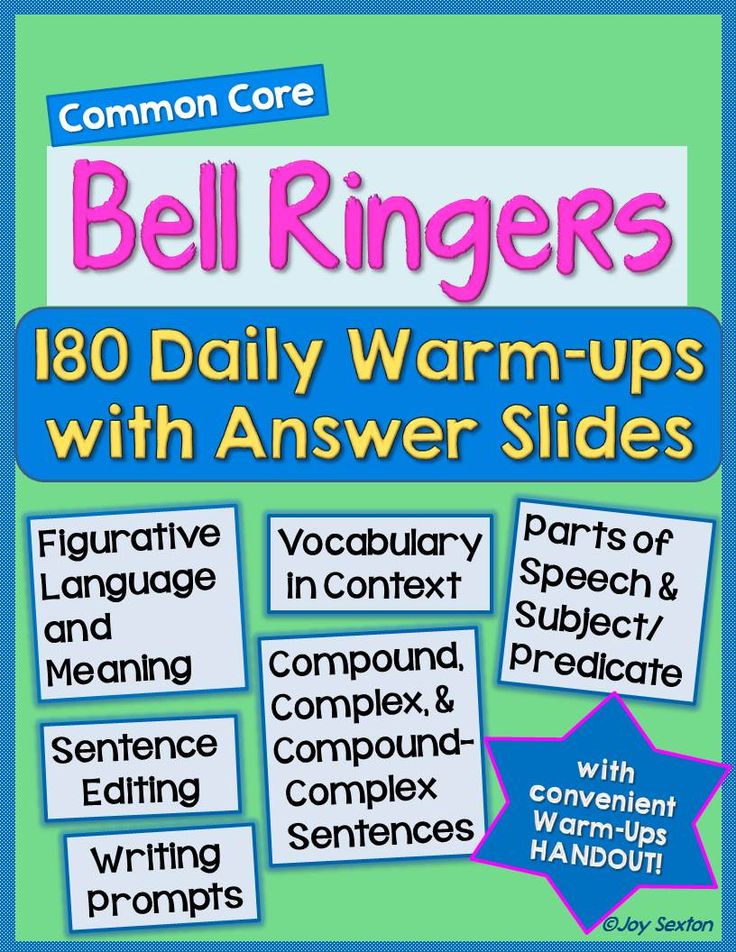
Stage 3 - the stage of post-text (post-text) activity.
The purpose of is to correct the reader's interpretation in accordance with the author's meaning.
The main task of is to provide in-depth perception and understanding of the text, raise a question to the text as a whole, followed by a conversation, the result of which should be an understanding of the author's meaning. Re-addressing the title, illustrations, performing creative tasks.
2. Question tree strategy Crown – what? where? when? Barrel - why? How? Could you? Roots - how to relate the text to life? With current events? What is the author trying to show?
3. Strategy "Bloom's Cube" (Benjamin Bloom is a famous American teacher, author of many pedagogical strategies = technician).
The beginnings of the questions are written on the faces of the cube: “Why?”, “Explain”, “Name”, “Suggest”, “Think up”, “Share”.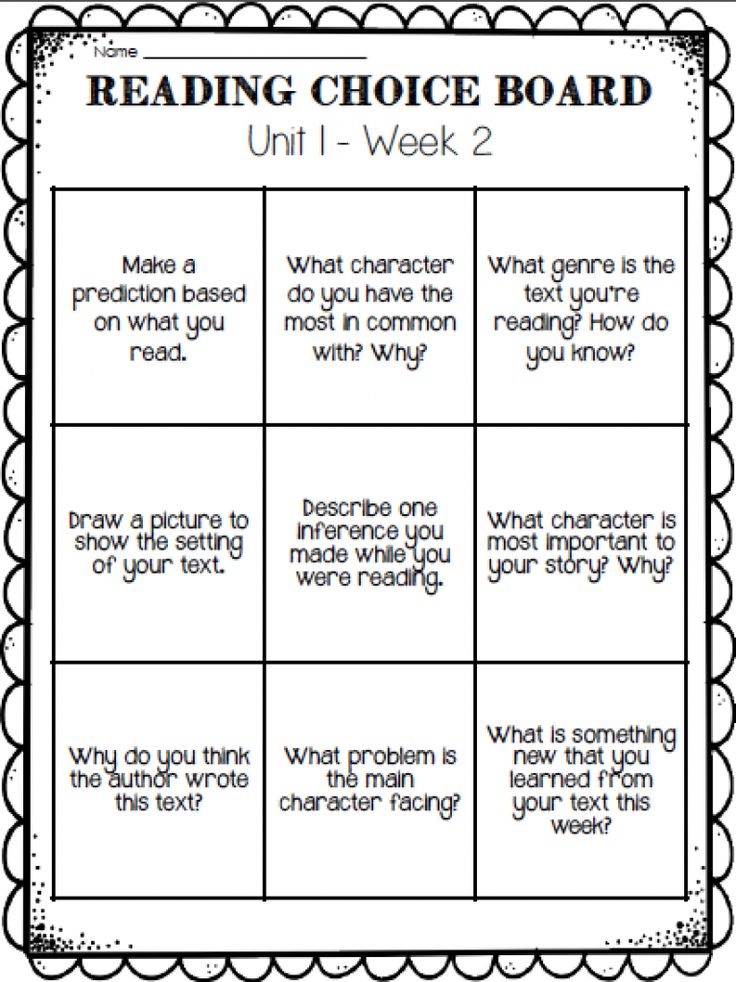 The teacher or student rolls the die.
The teacher or student rolls the die.
It is necessary to formulate a question to the educational material on the side on which the cube fell.
The “Name” question is aimed at the level of reproduction, i.e. at the simple reproduction of knowledge.
Question "Why" - the student in this case must find cause-and-effect relationships, describe the processes occurring with a certain object or phenomenon.
“Explain ” question – student uses concepts and principles in new situations.
All of the above strategies involve serious work with the text, its deep analysis and understanding, the organization of independent cognitive activity of students on educational material. socially moral experience and makes you think, knowing the world around you.
Technology Advantage:
1. Applicable in the lessons of any cycle and at any level of education.
2.

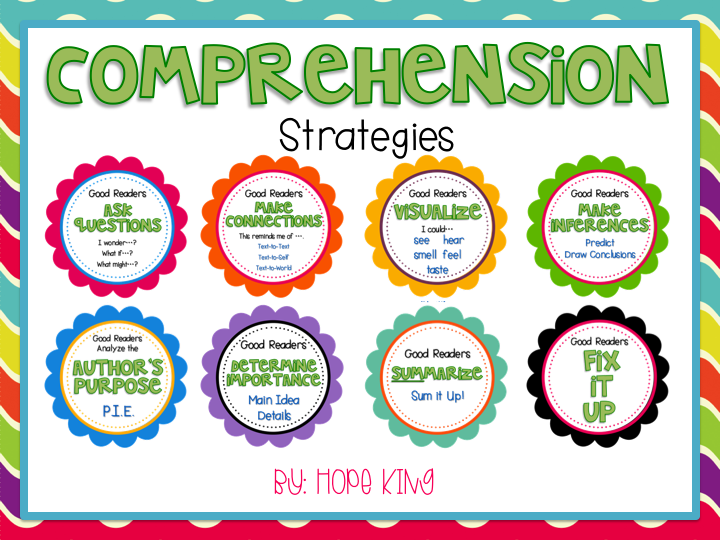 .., Define..., Formulate... . Retell ... List .... Choose the correct answer…. Complete the word…. Show…, Find out...etc.
.., Define..., Formulate... . Retell ... List .... Choose the correct answer…. Complete the word…. Show…, Find out...etc. 